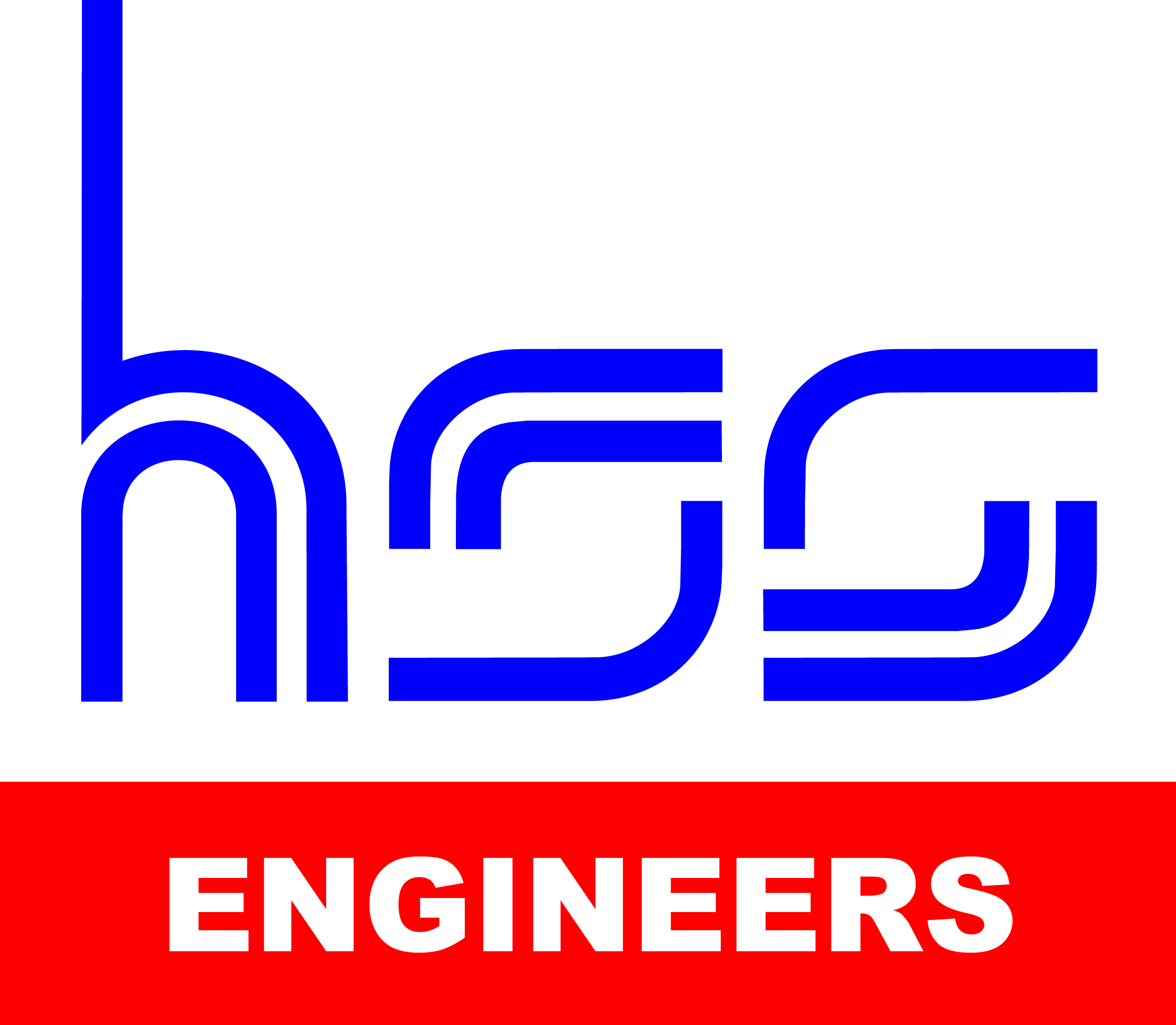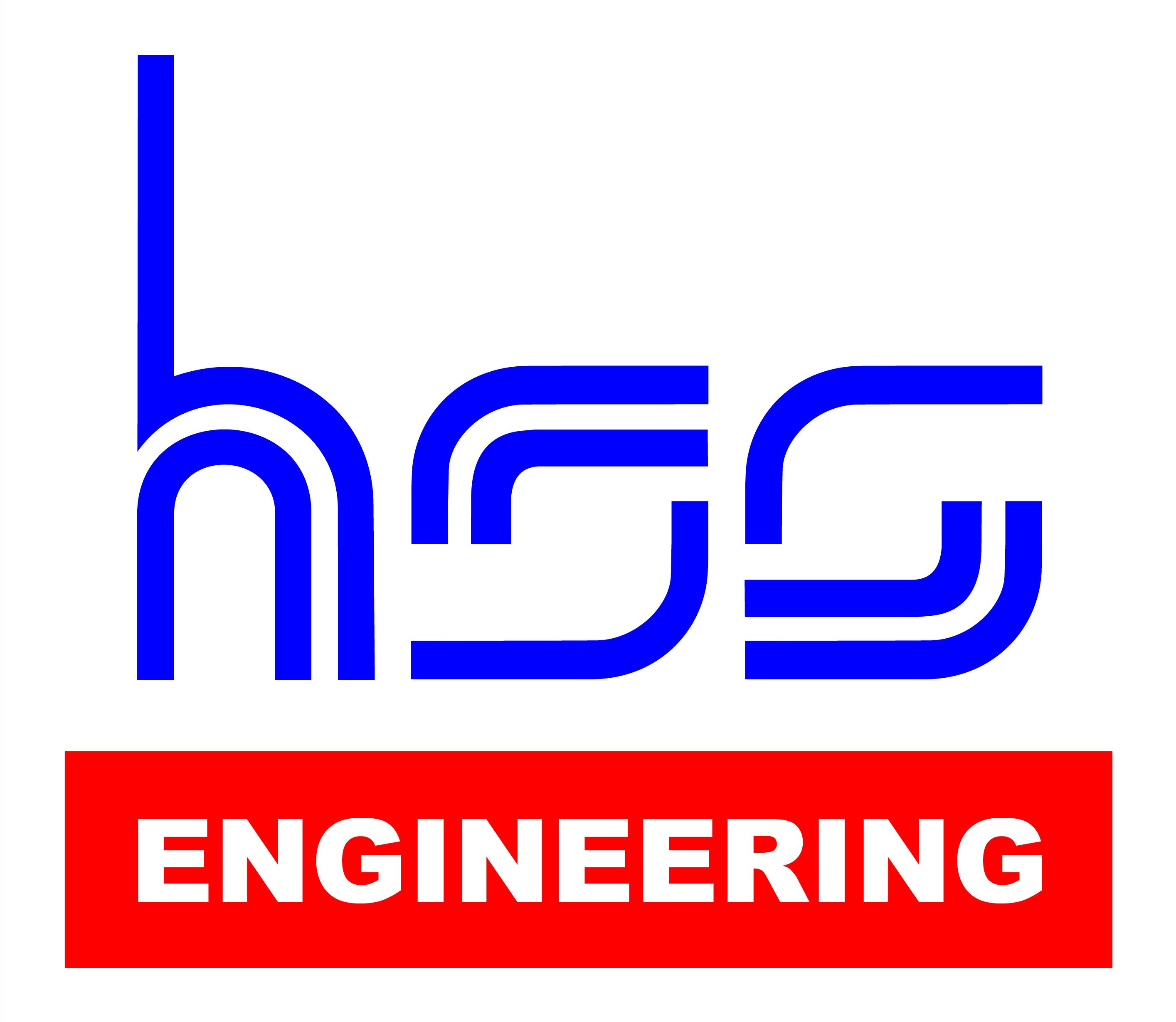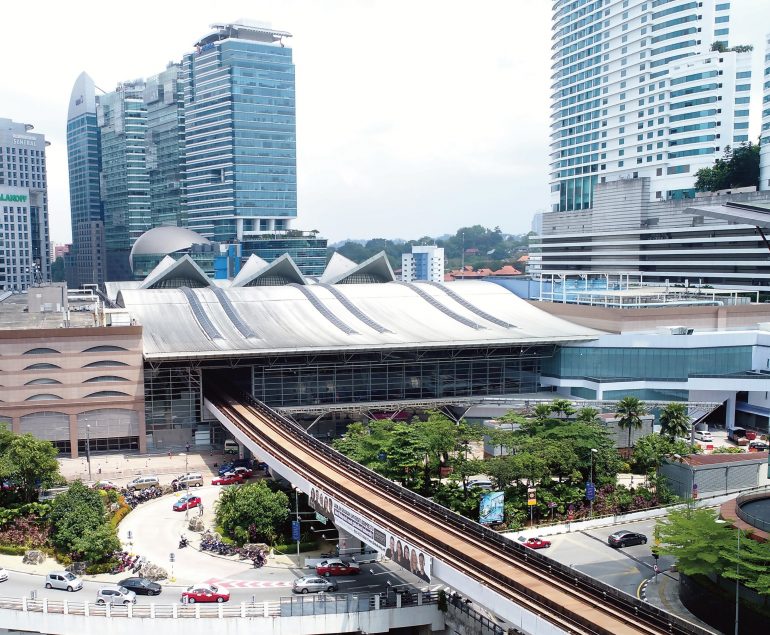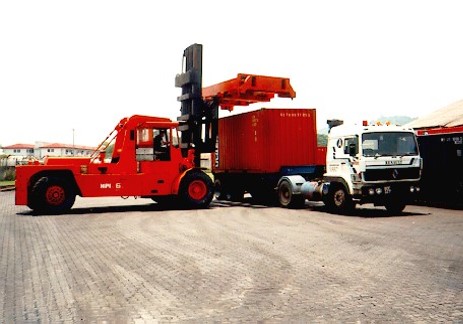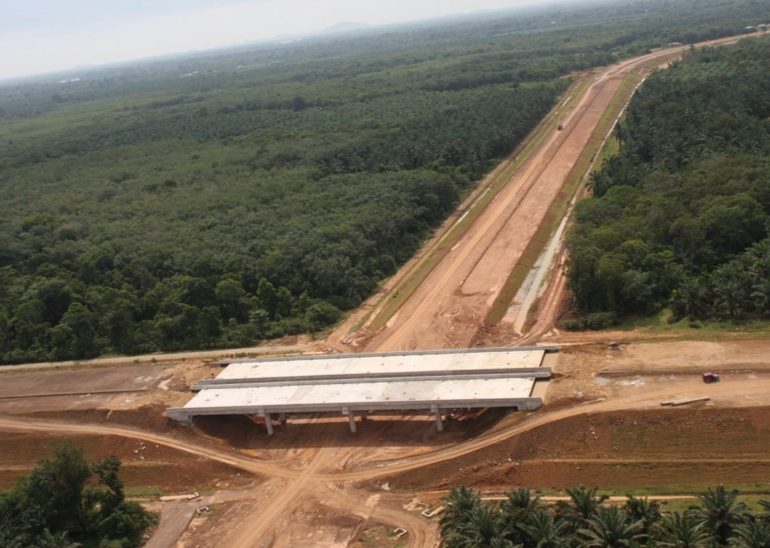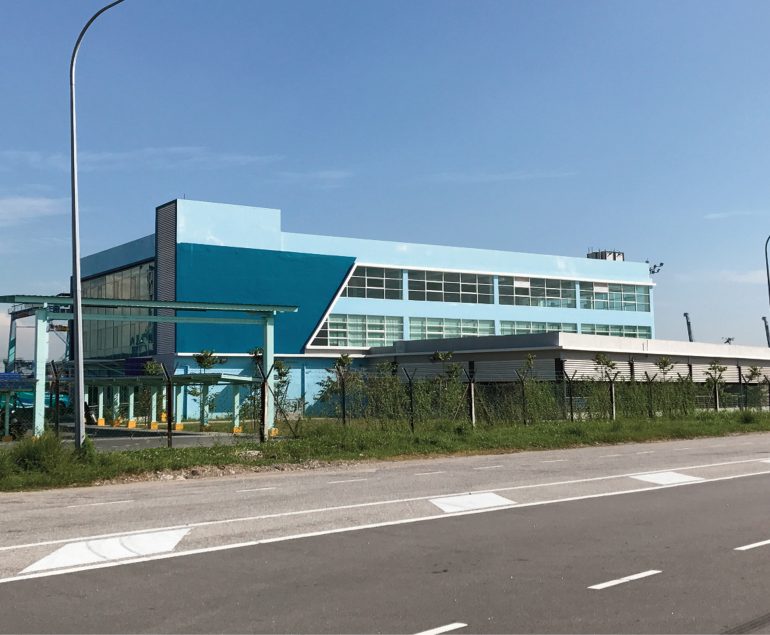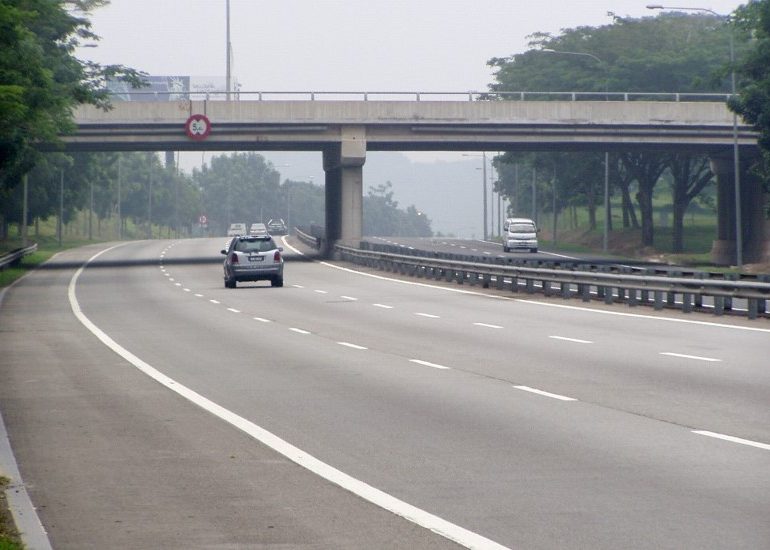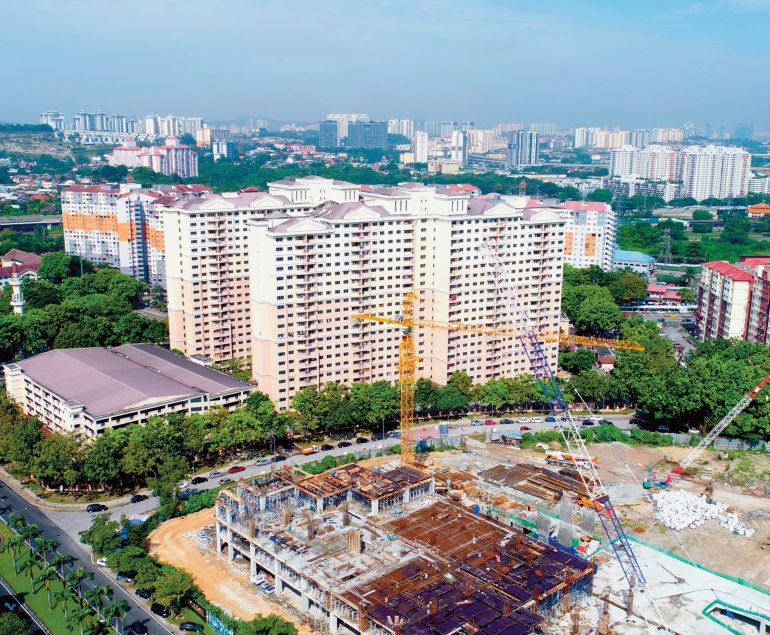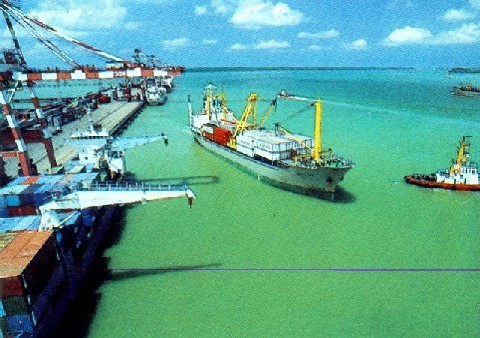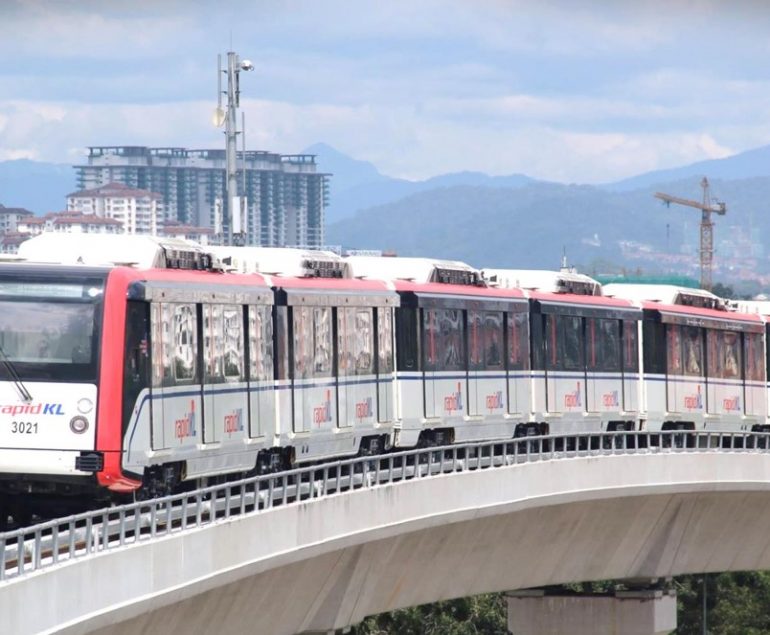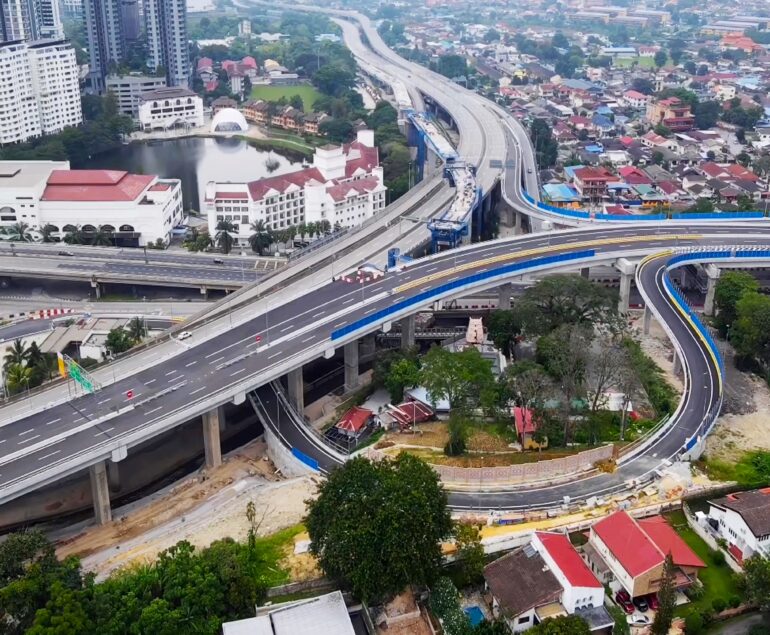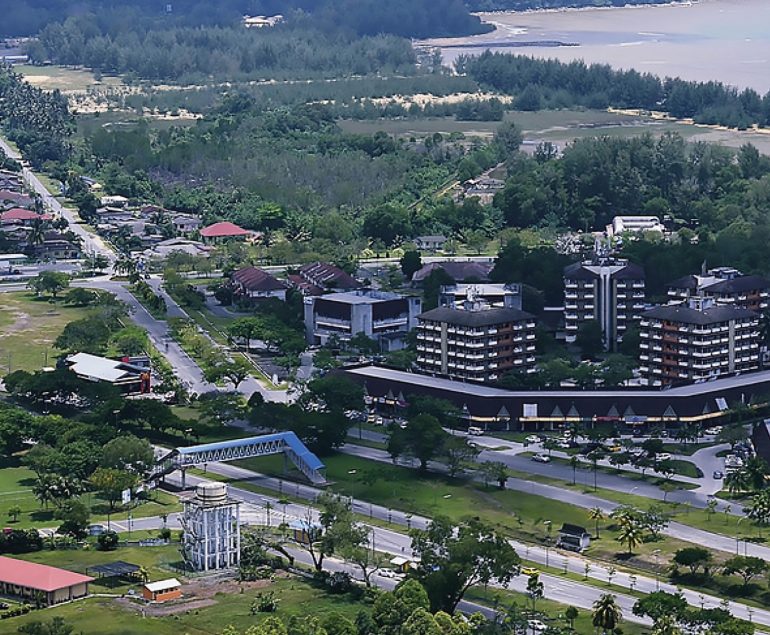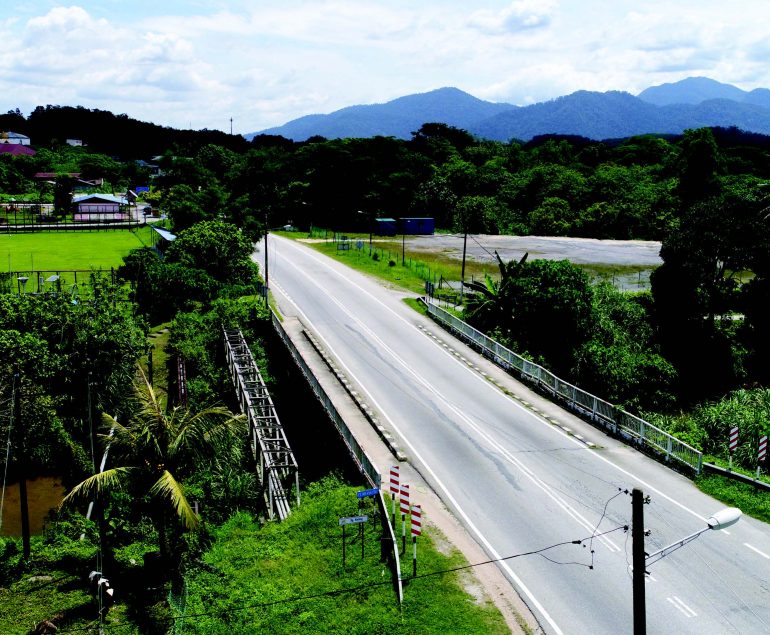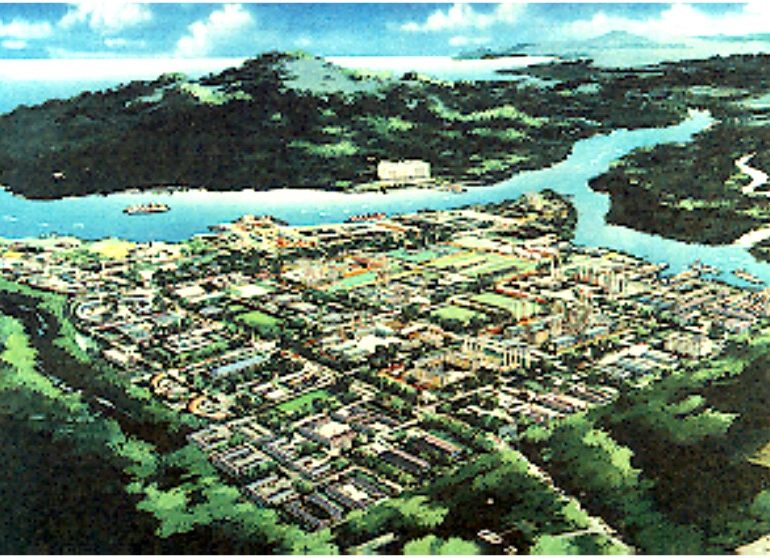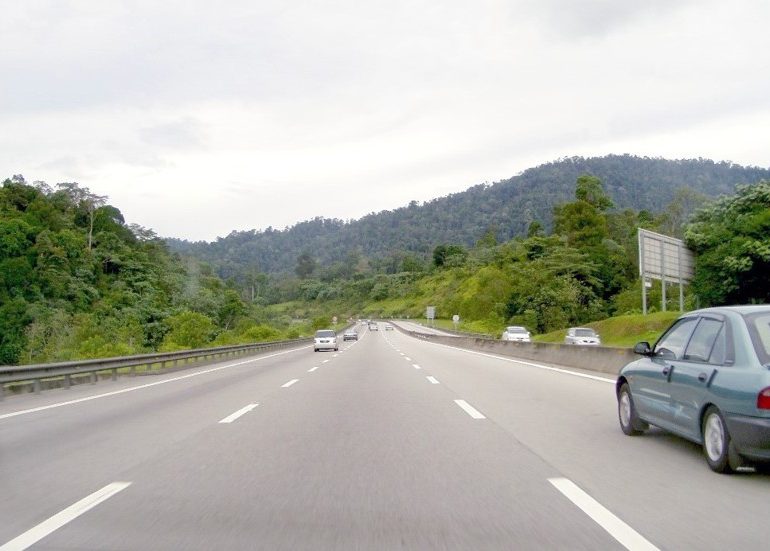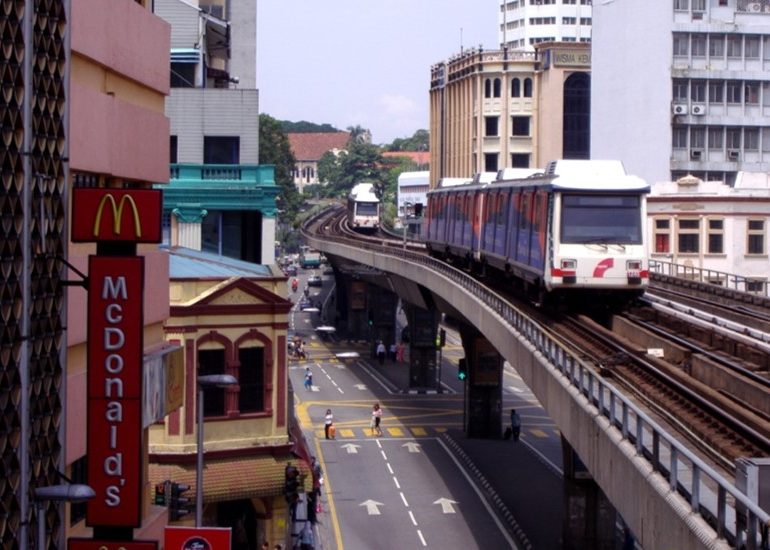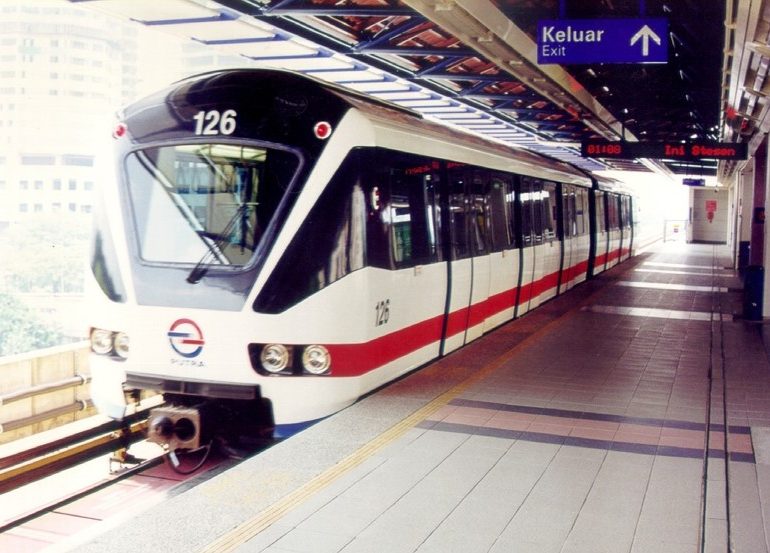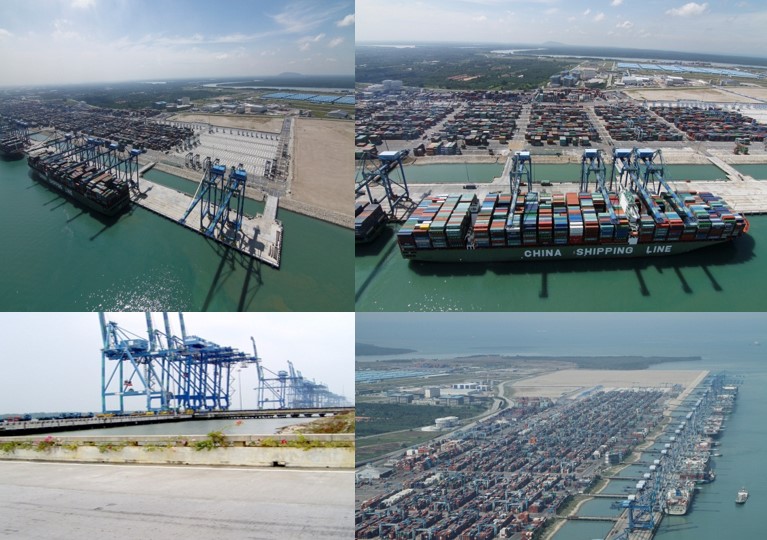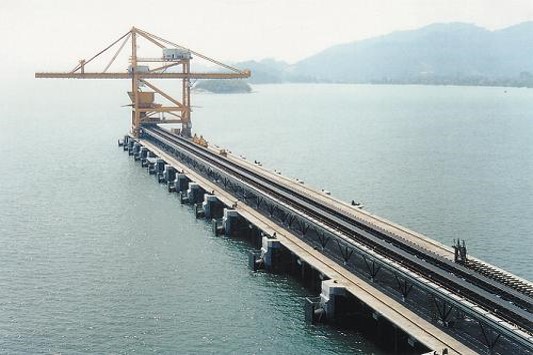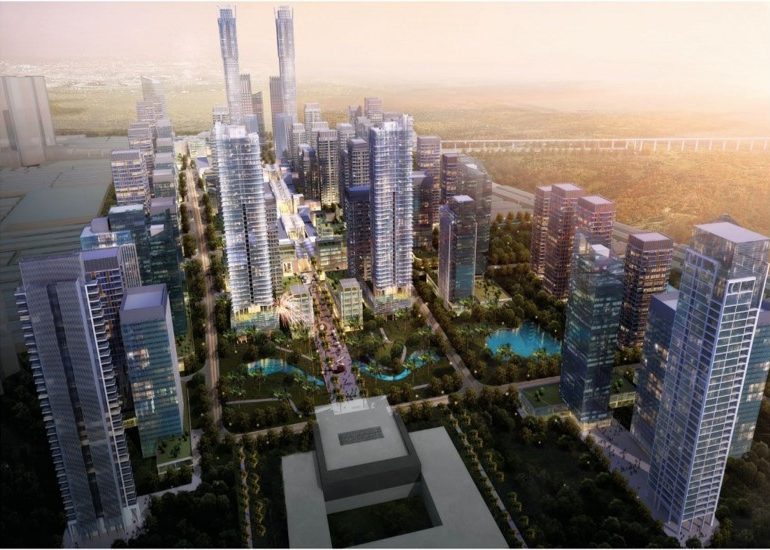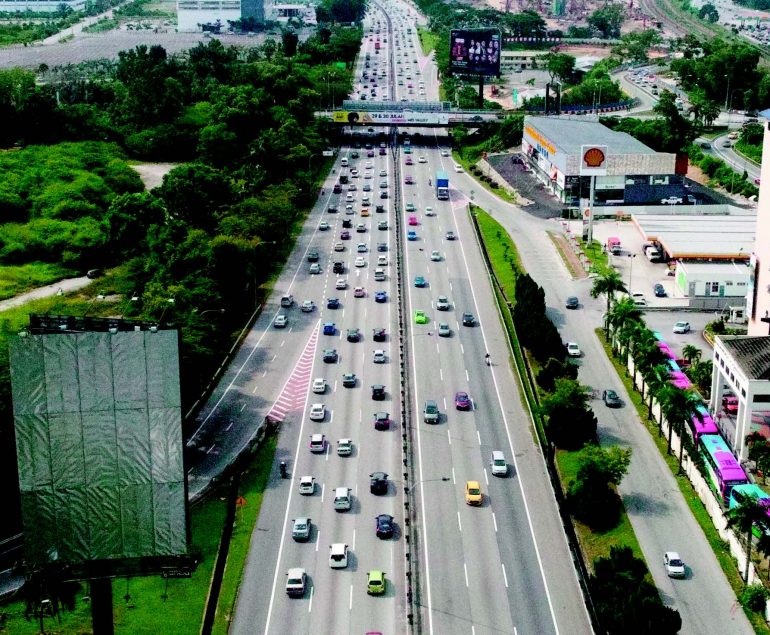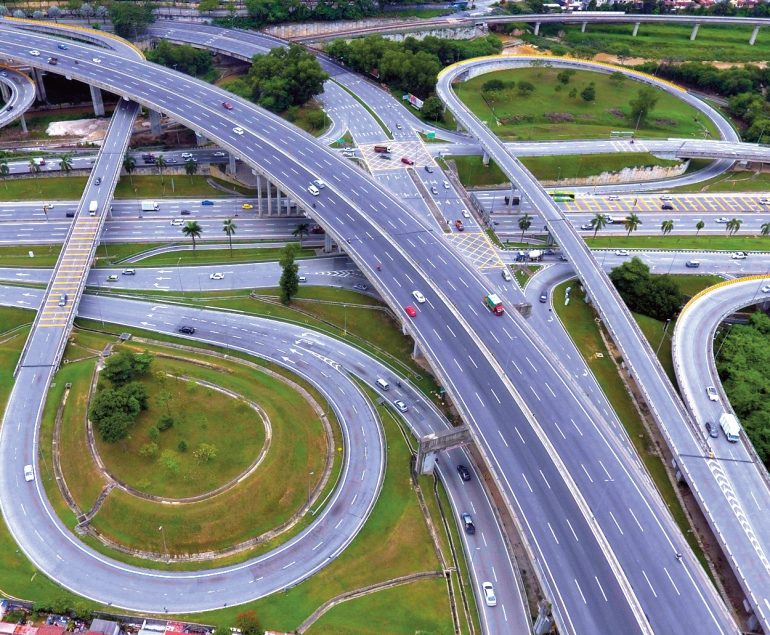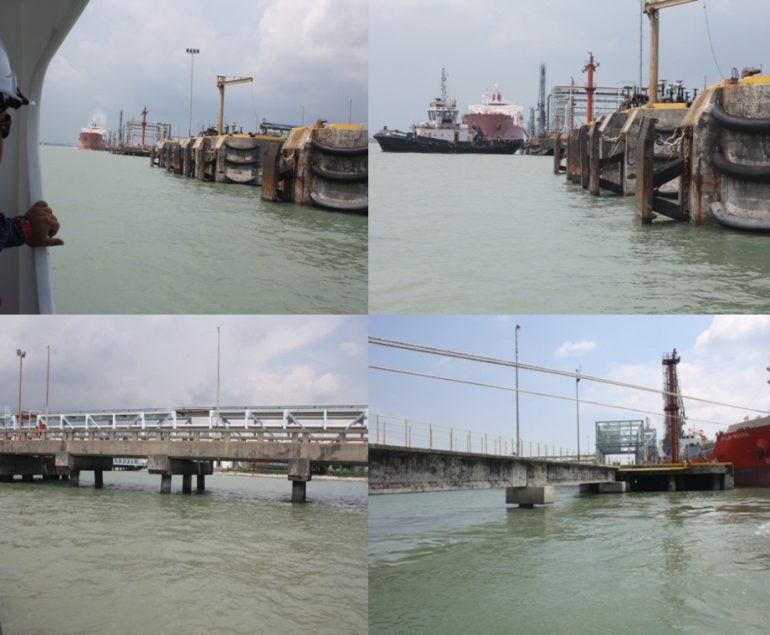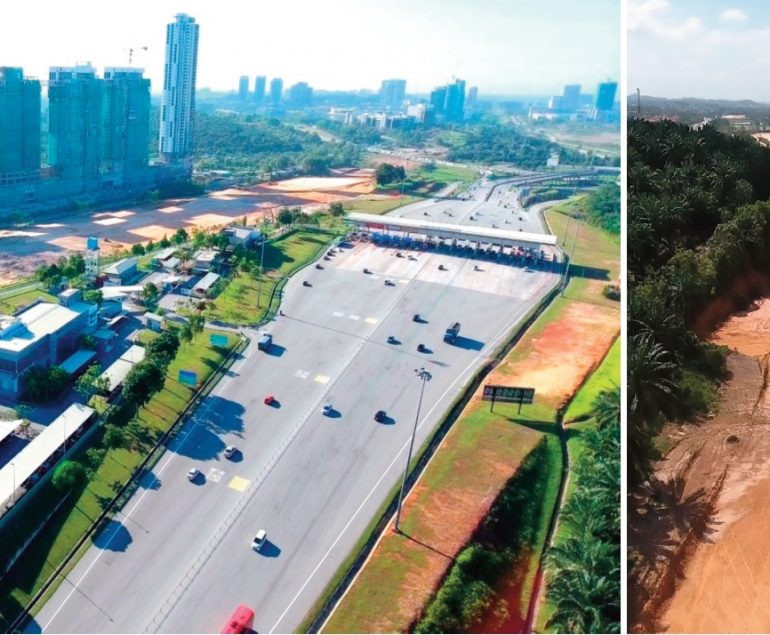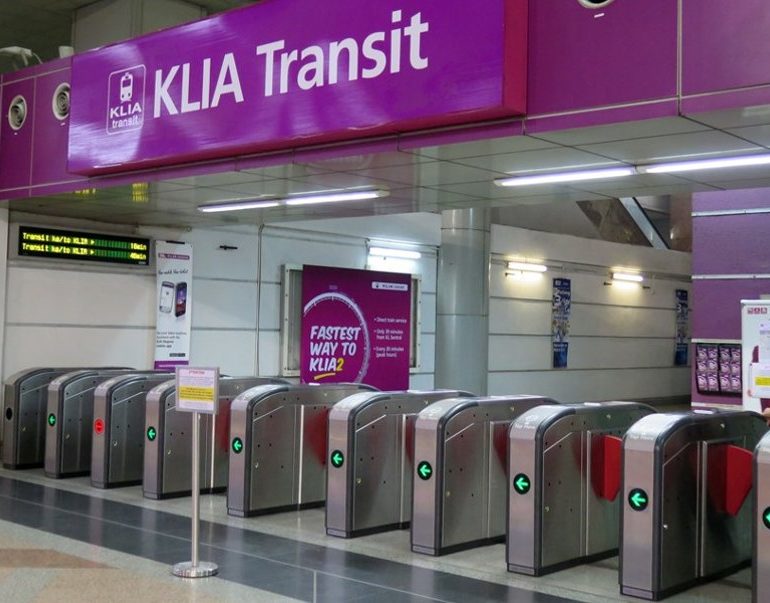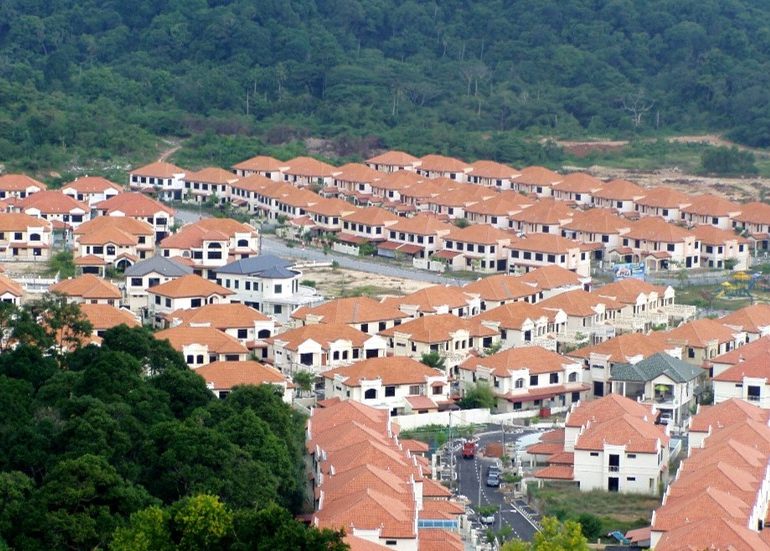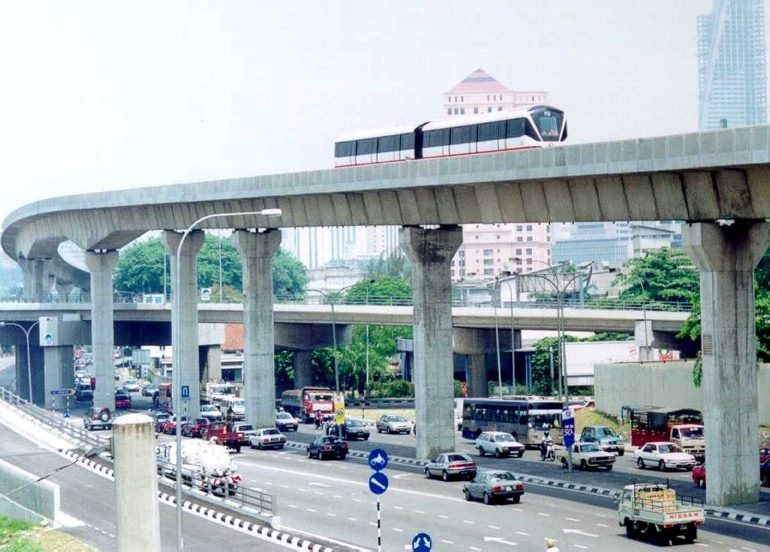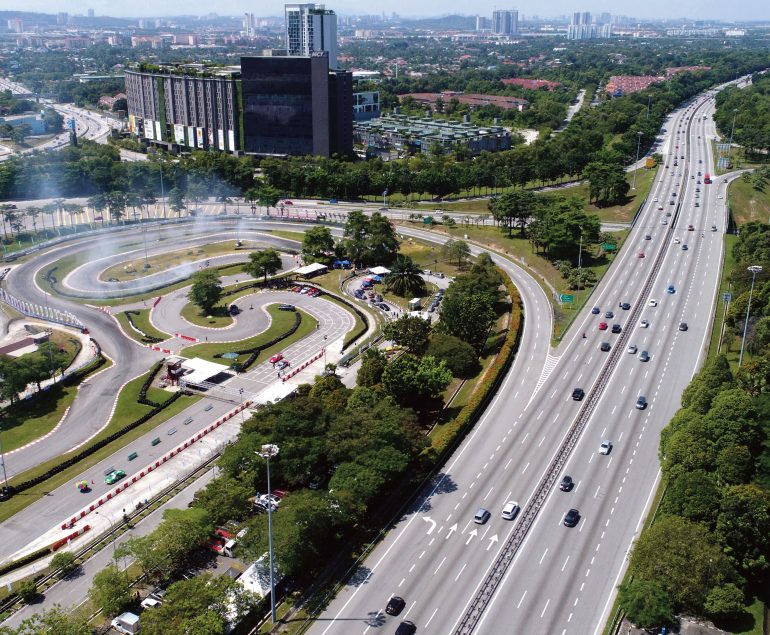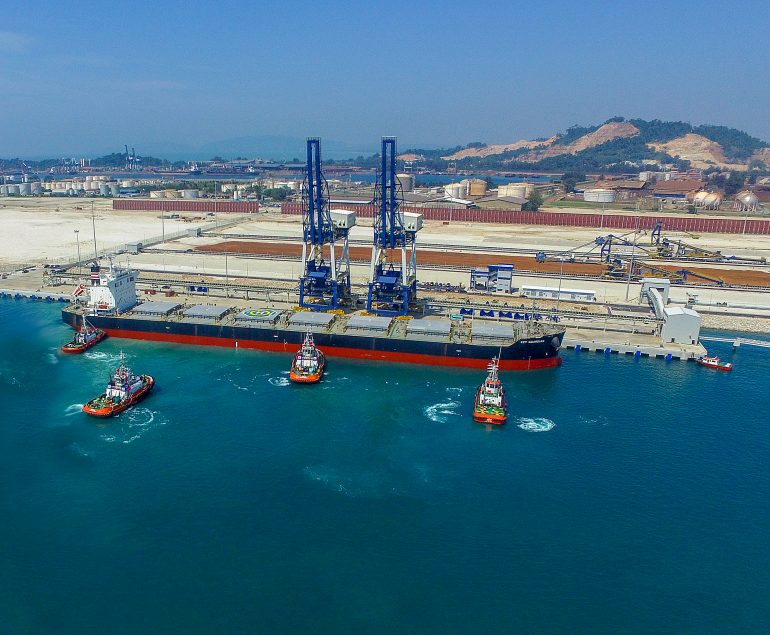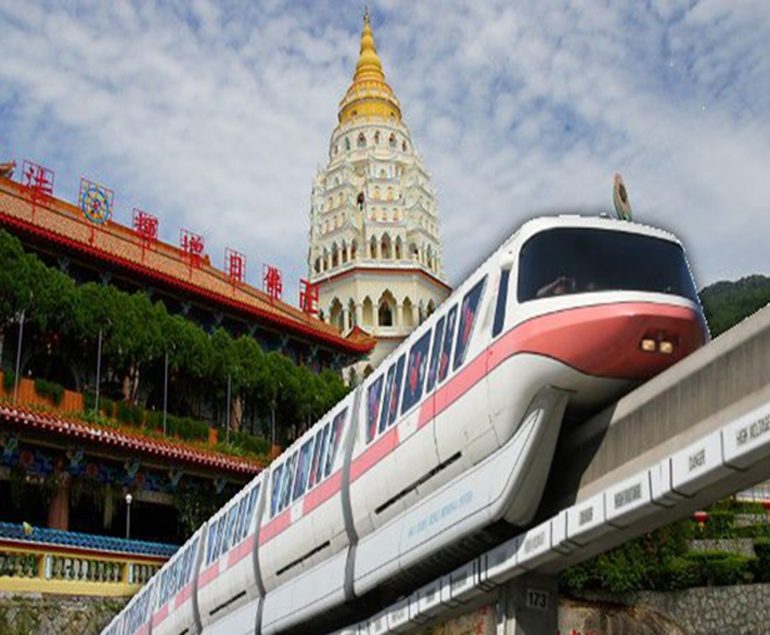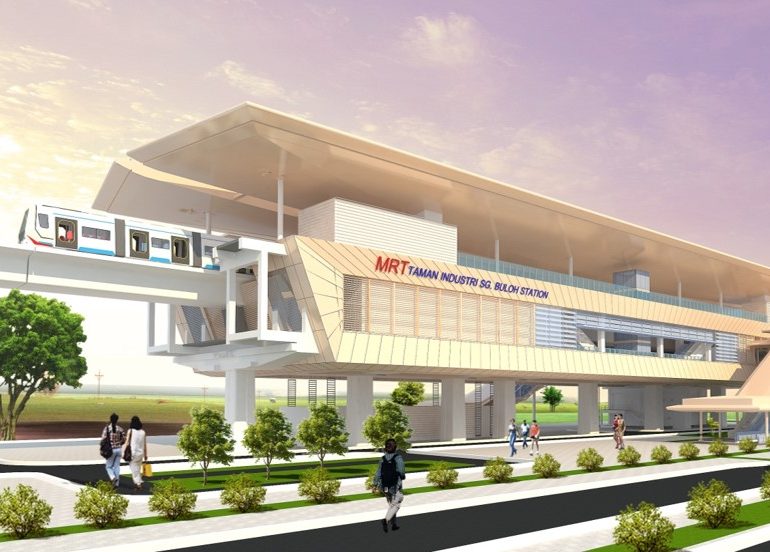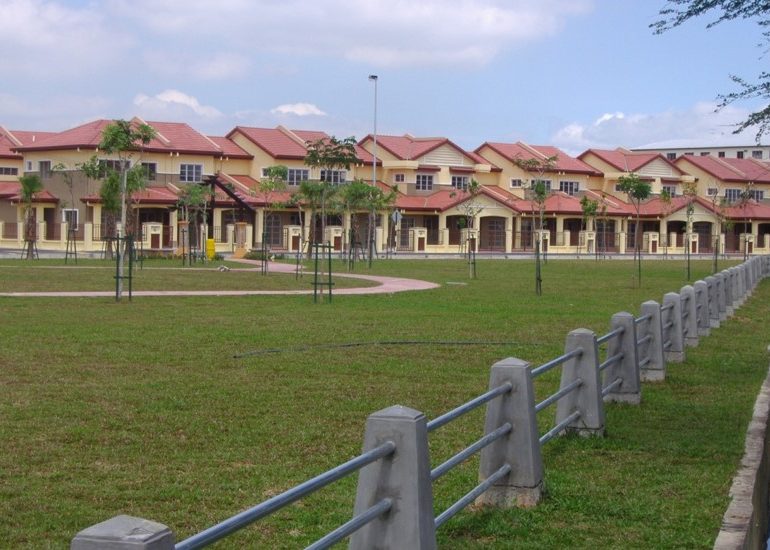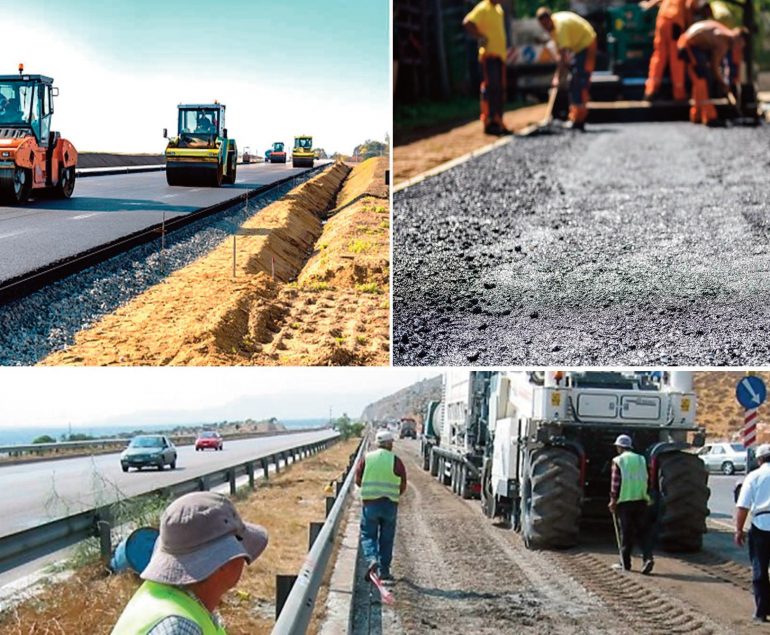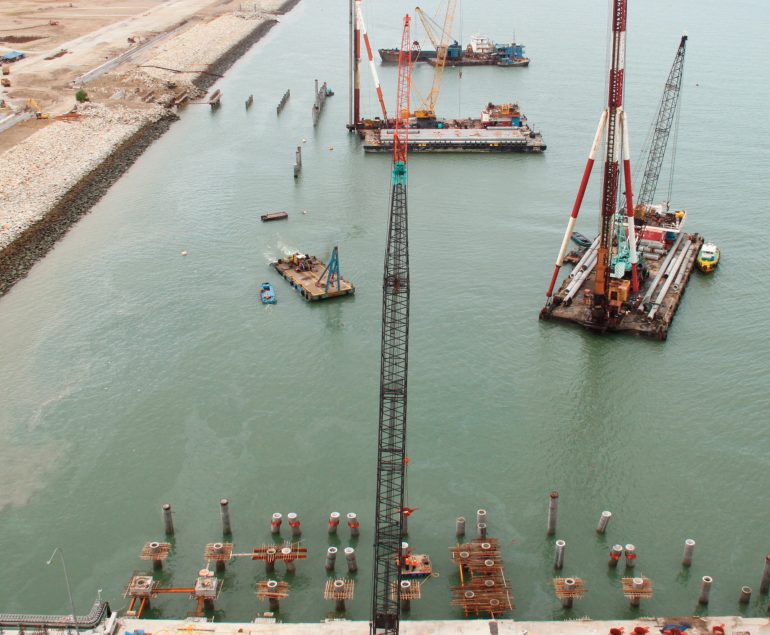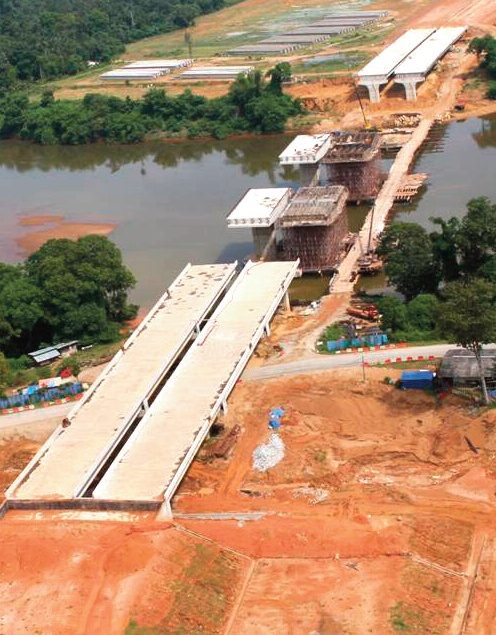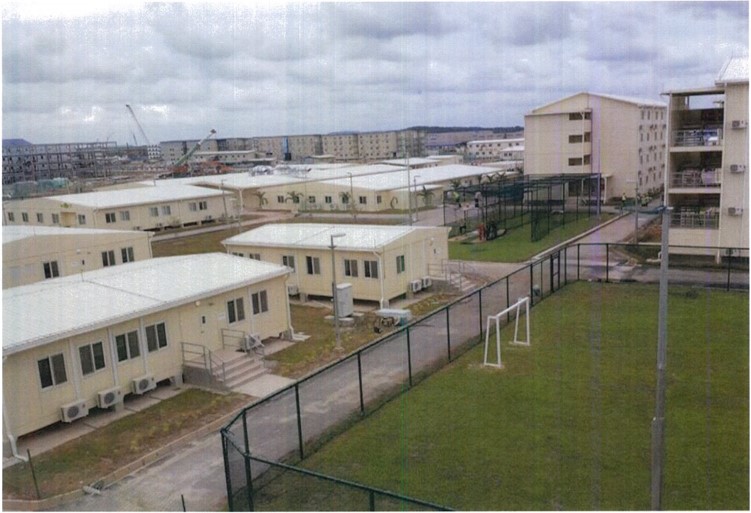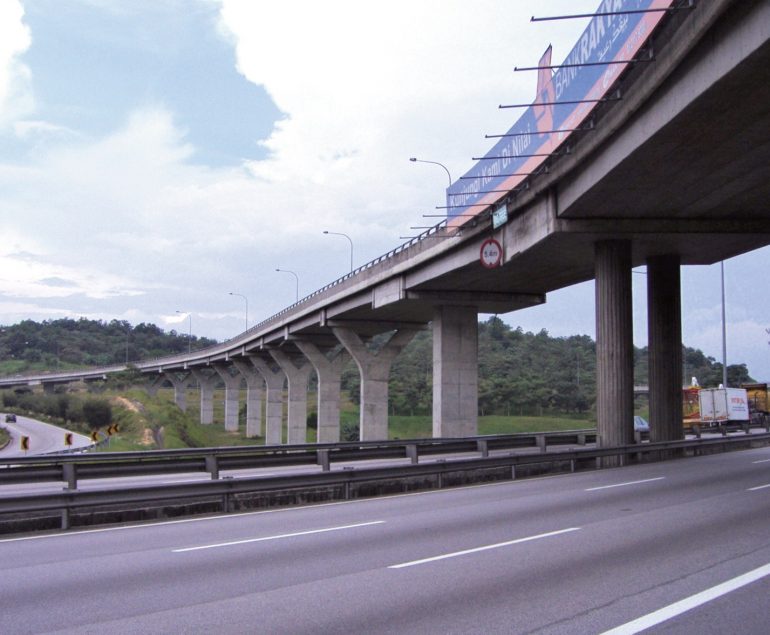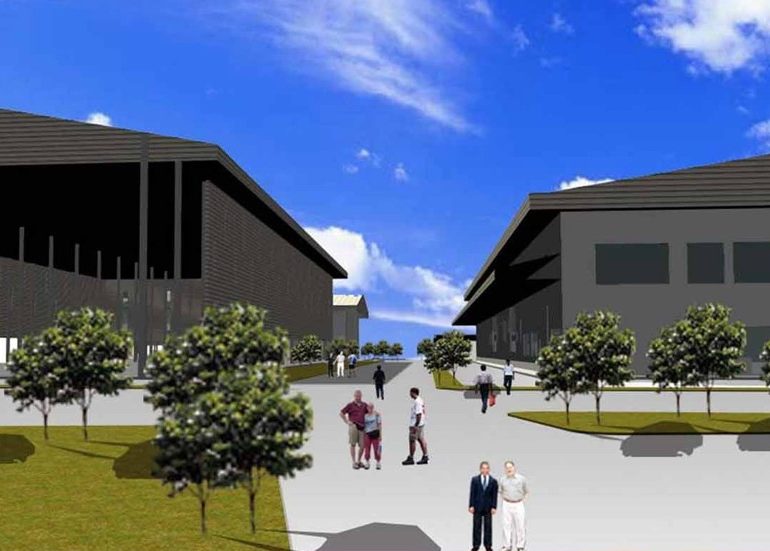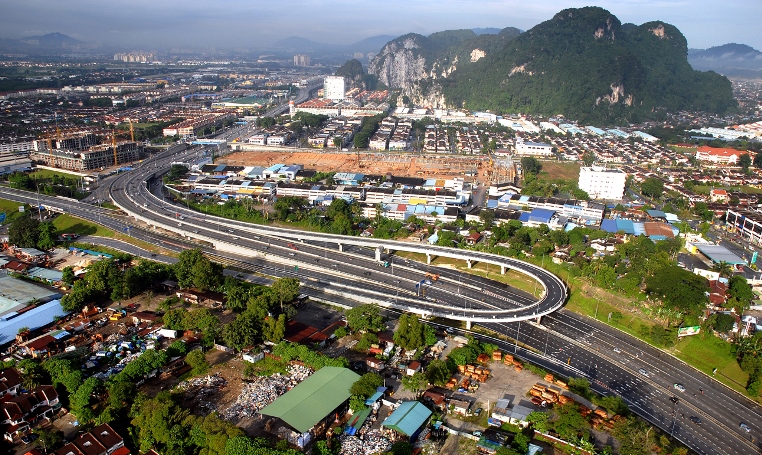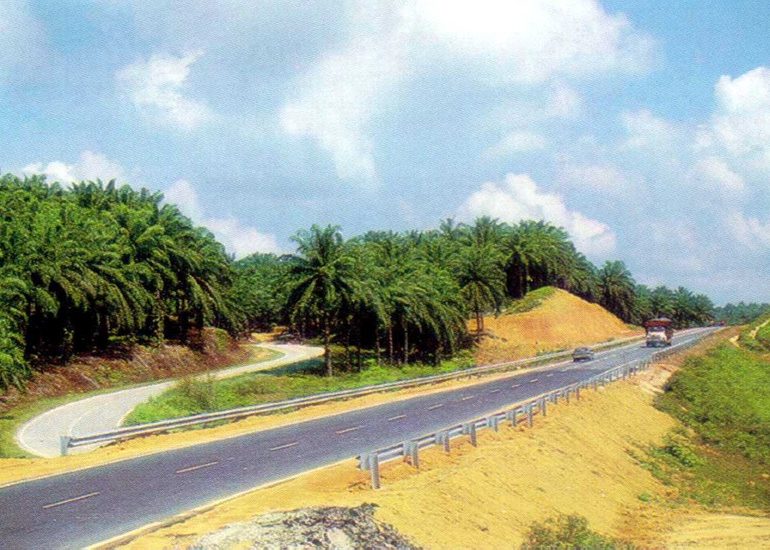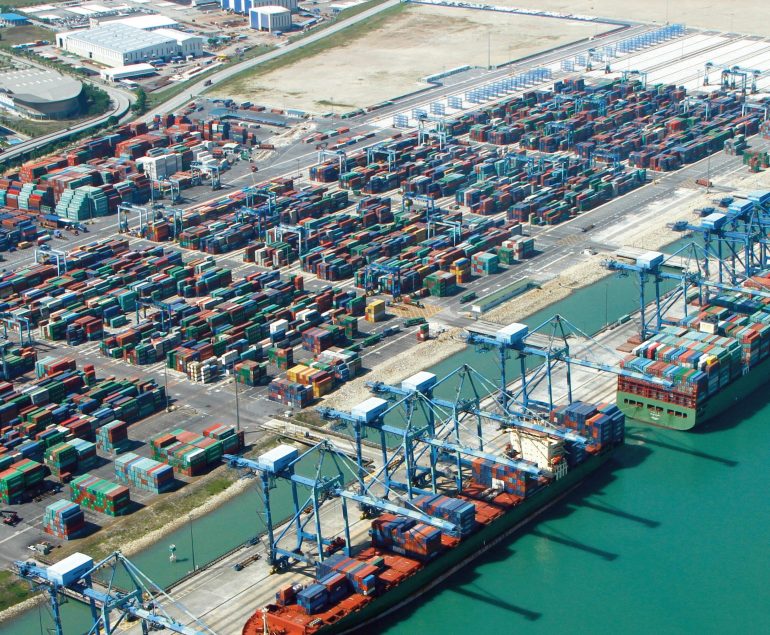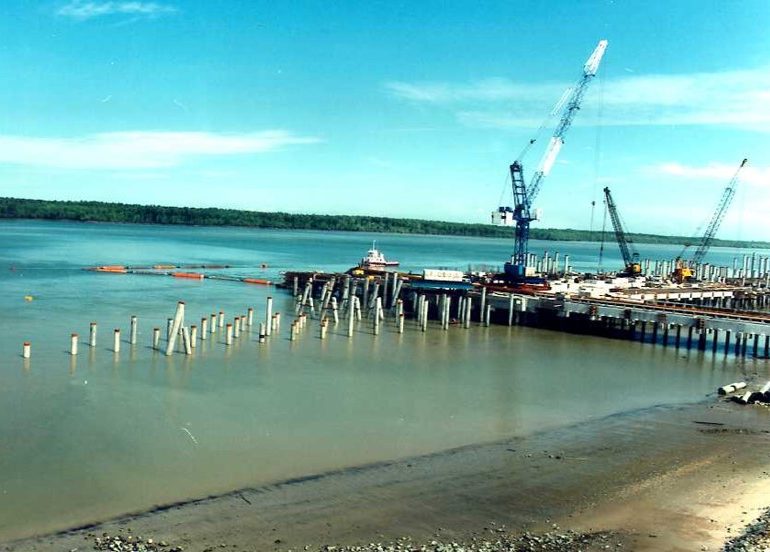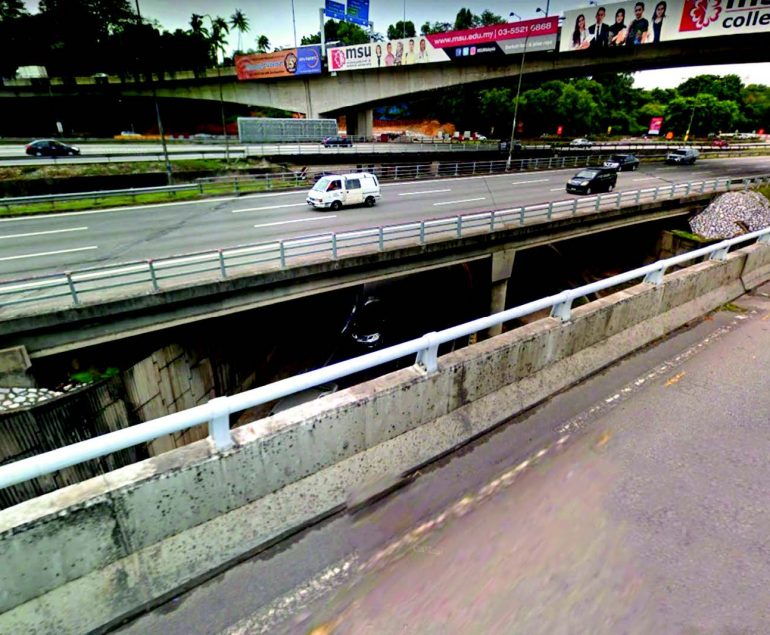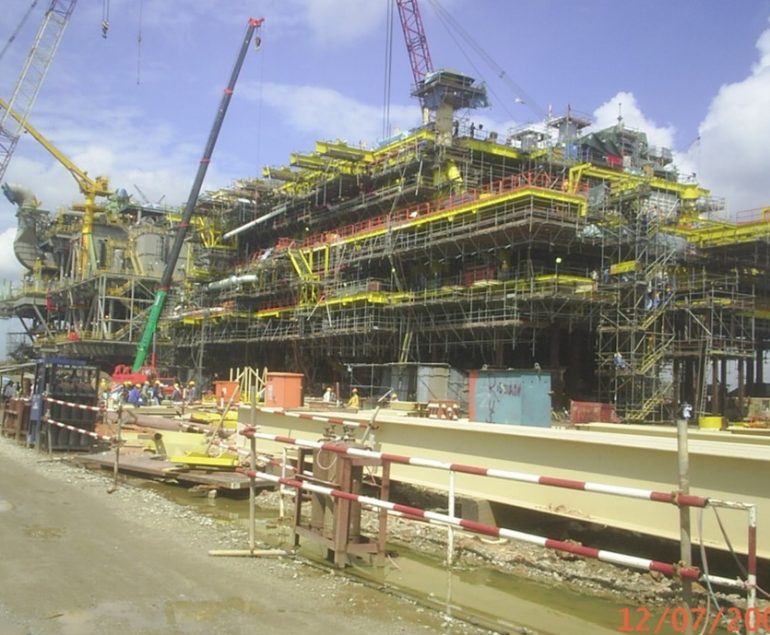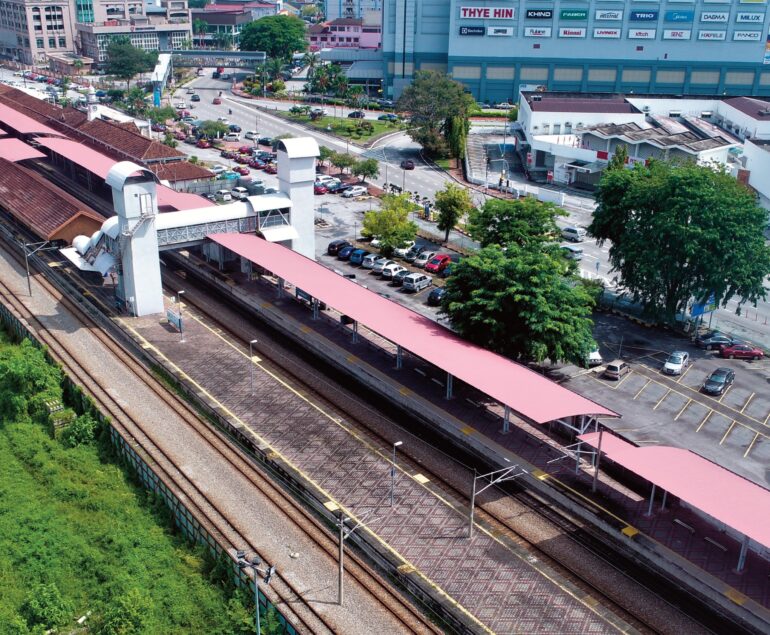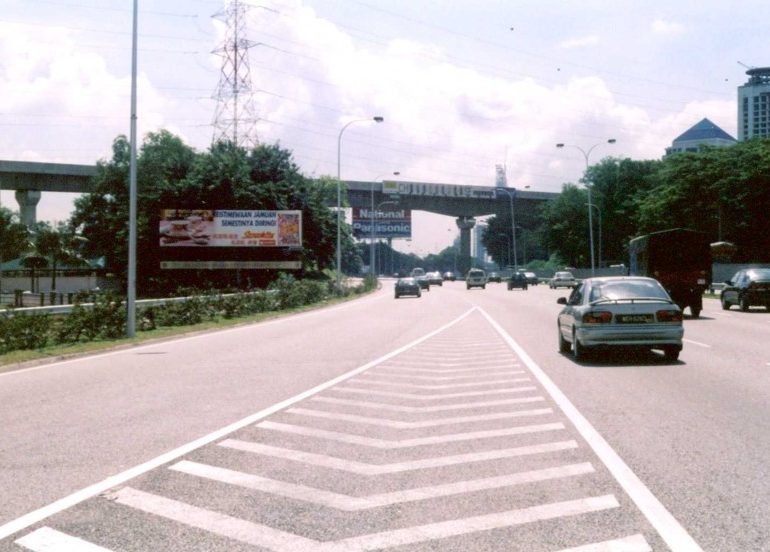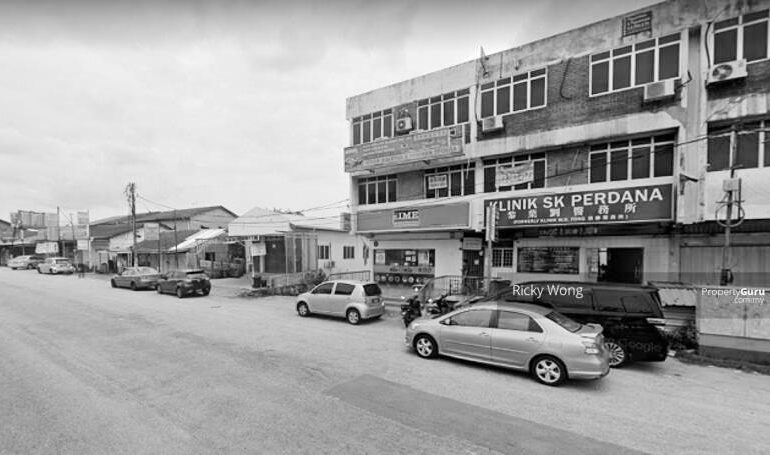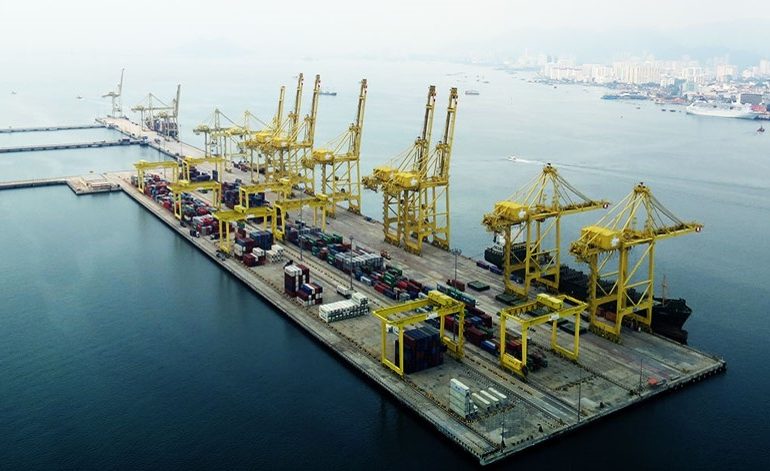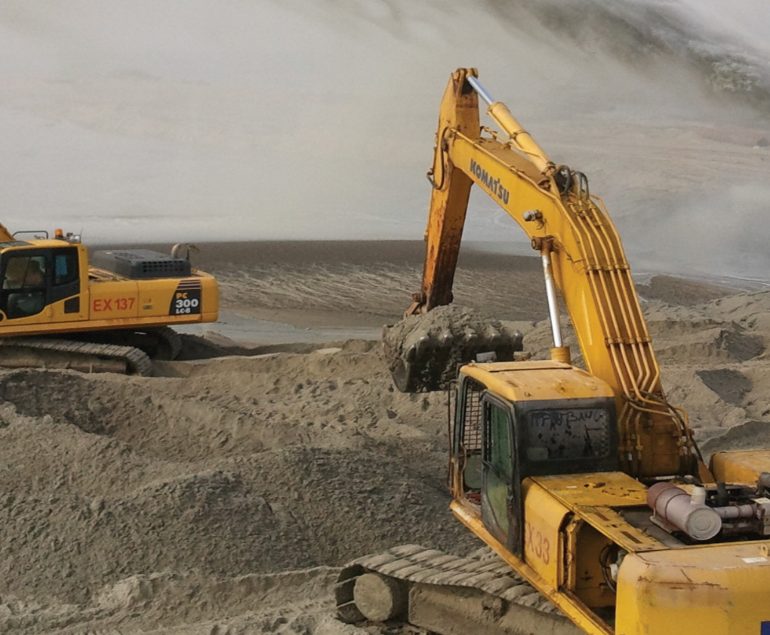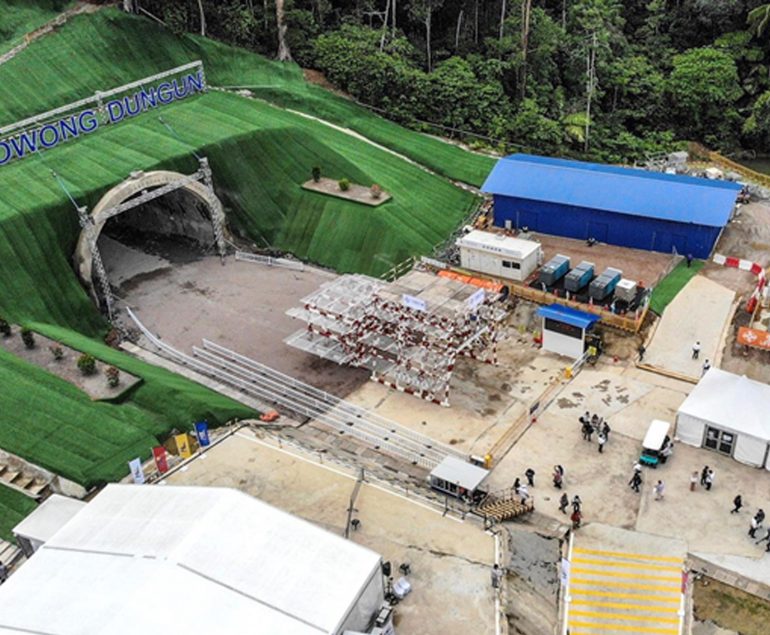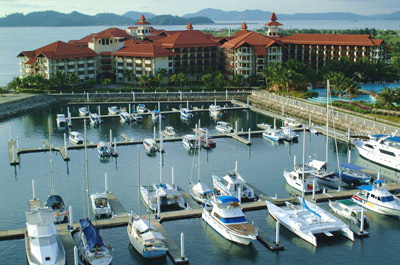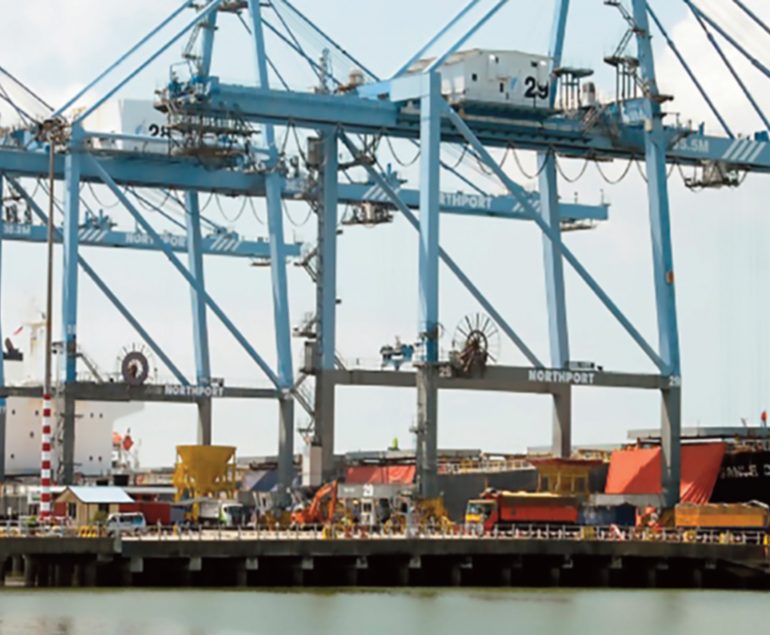Engineering Design
Engineering design is done prior to the commencement of the construction phase and involves the planning and design of the entire project. Upon acceptance of the project, together with the client, a decision is made as to the scope and details of the project with the adoption of a zero-based management approach towards the entire design. The zero-based management approach ensures that the design is formulated from scratch to produce designs that are best suited to the client’s requirements.
The design team with over 150 project experience is able to design various projects based on the client’s needs. The general description of each process is detailed as follow:

Project Identification and Assessment of Needs
During the pre-design phase, the assigned design team will work closely with the client to identify the details of the project which includes the identification of the purpose and location of the site. The design team will also analyse the viability of the project by performing market surveys, preliminary financial modelling, financial feasibility study and risk assessment and management.

Location Study, Land and Geotechnical Survey
The team will then carry out survey on the project site to collect data. This includes the study of the site’s topography, geotechnical and traffic study. Utilities mapping and infrastructure conditions surveys will be carried out. This will allow for the preparation of the term of reference.

Technical and Financial Feasibility
After collecting data on the project site, the data will be analysed to see if the project is viable. Once the technical study has been done on the project site, the financial feasibility of the project is studied and assessed.

Master Planning
If the project is found to be feasible, the design team will then move on to produce the master plan for the project. The design team will work closely with the client to conceptualise the project. During this process, the design team will take into account the purpose of the building as well as the requirement and needs of the client. The development order will also be prepared and submitted.

Preliminary and Detailed Design
Once contractors / consultants are appointed, meetings will be held with all parties to come up with the preliminary and detailed design of the project structure. This will include civil and structural design, and mechanical and electrical design. After all the design reports have been compiled, the design team will prepare the project’s total cost estimation and perform value engineering to minimise project cost and maximise efficiency impact of the pollution.

Economic and Financial Appraisals
Based on the latest project cost estimate, economic and financial appraisals will be carried out to reassess the project’s viability. If the cost is above the budget, the design team will consult the client and changes to the design might occur.

Environmental Impact Assessment
Next, the design team will perform an environmental impact assessment. Any impacts to the environment caused by the project will be assessed based on the work required to be done during the construction phase of the project. This will include noise pollution, air pollution, water pollution and others. Any foreseeable environmental pollution will be noted and steps taken to minimise the impact of the pollution.

Specification and Procurement
Contract and tender document will be prepared by our contract department, listing all the relevant specifications and procurement activities of the project as required according to the design. Assistance is also offered to the client during the procurement process, including evaluation of tender submissions received by the client.

Computer Simulations and Modelling
The finalised engineered design will be modelled and construction simulated through the use of technology. Computer aided designs will minimise cost of construction as well as improve project efficiency. The design team will apply the BIM method or the others depending on project scope.
ENGINEERING DESIGN PROJECTS
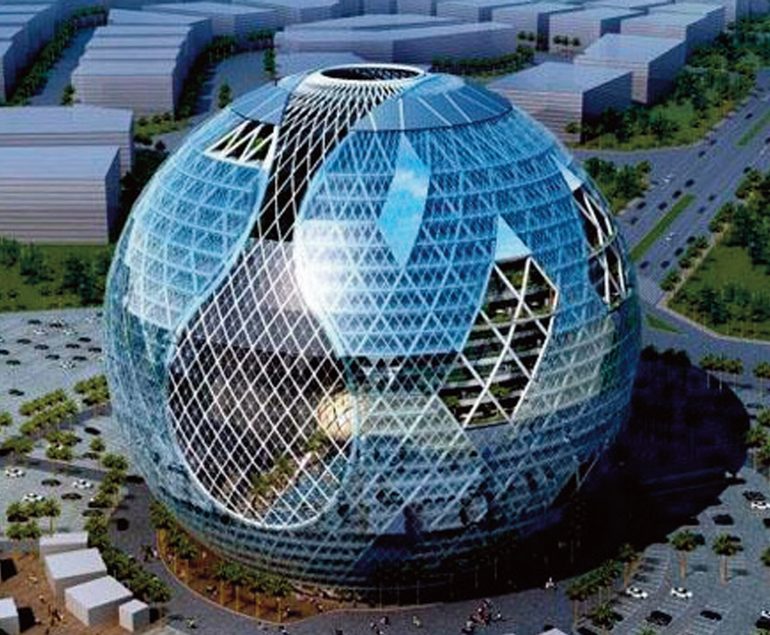
TECHNO PARK DEVELOPMENT – EARTHWORKS & ROADS
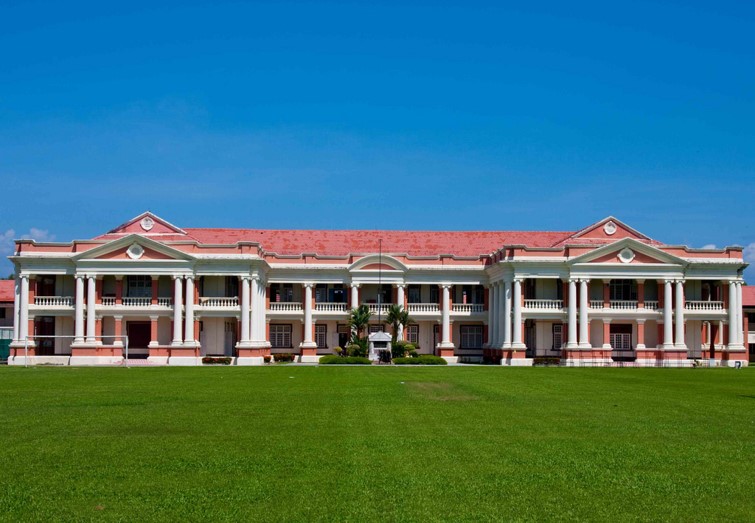
MALAY COLLEGE KUALA KANGSAR (MCKK), PERAK

NEW HEALTHCARE FACILITY FOR IJN, KUALA LUMPUR
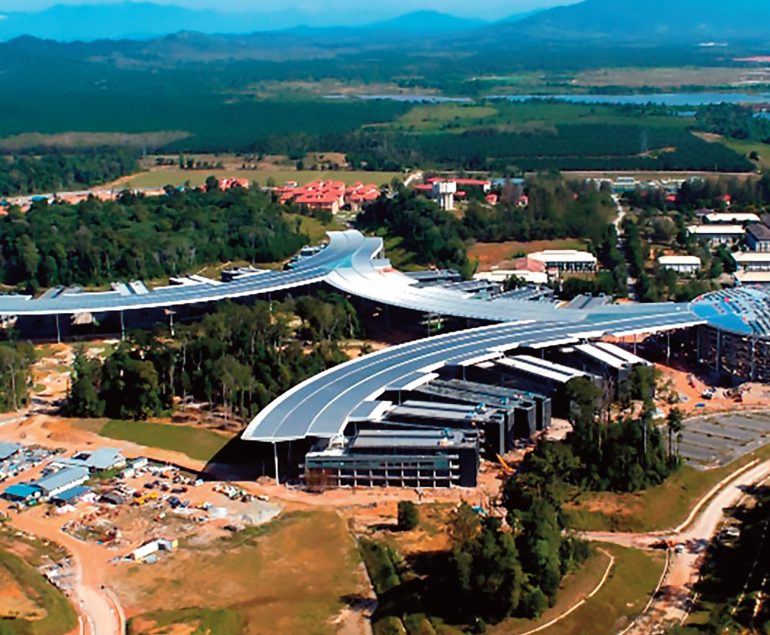
UNIVERSITI TEKNOLOGI PETRONAS, TRONOH, PERAK

SELBOURNE SQUARE PROJECT, SHAH ALAM CITY CENTRE

KTM ELECTRIFIED DOUBLE TRACKING – RAWANG TO IPOH
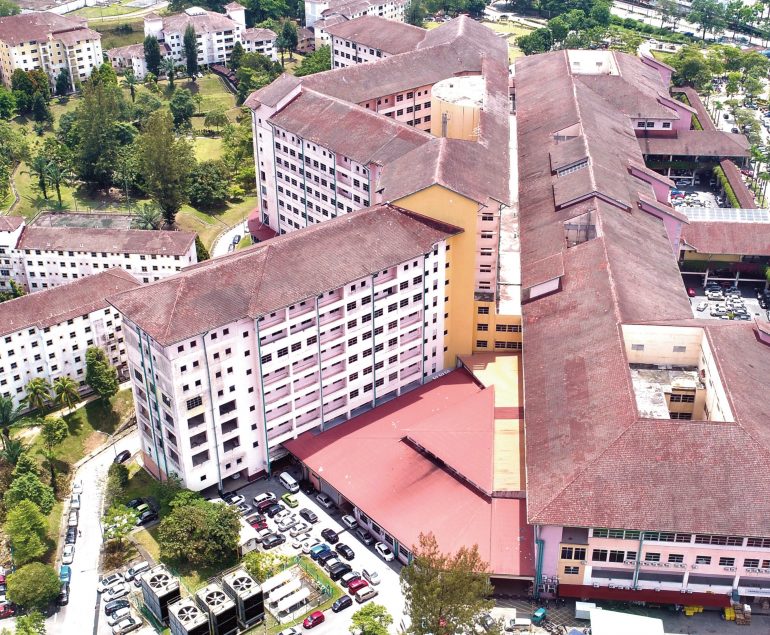
SELAYANG MEDICAL CENTRE, GOMBAK, SELANGOR

DEVELOPMENT & MANAGEMENT OF HIGHWAYS, INDIA

BOP – 1000MW COAL FIRED POWER PLANT EXTENSION

SULTANAH AMINAH HOSPITAL – REHABILITATION

BANDAR BARU NILAI DEVELOPMENT, MALAYSIA
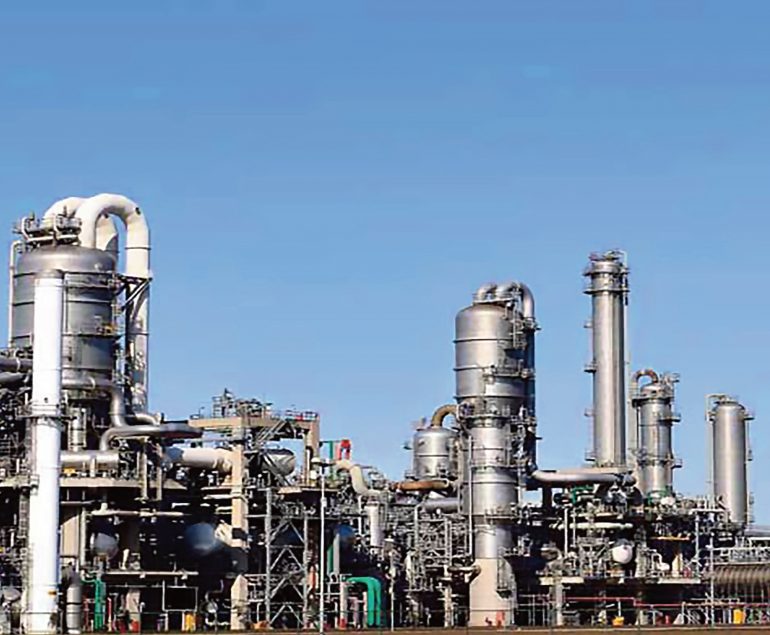
GEBENG INDUSTRIAL PARK – ENVIRONMENTAL STUDIES
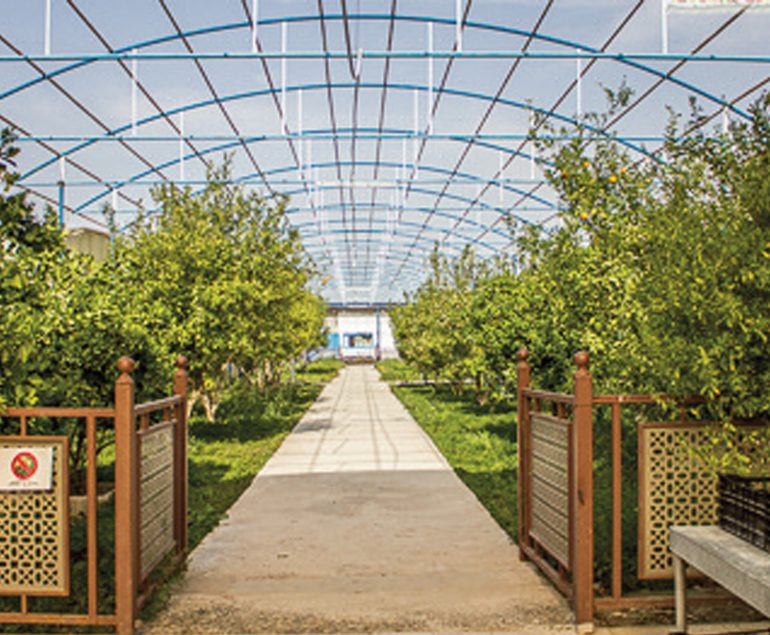
IRRIGATION NETWORK AND LINES AL ABDALLY FARMS
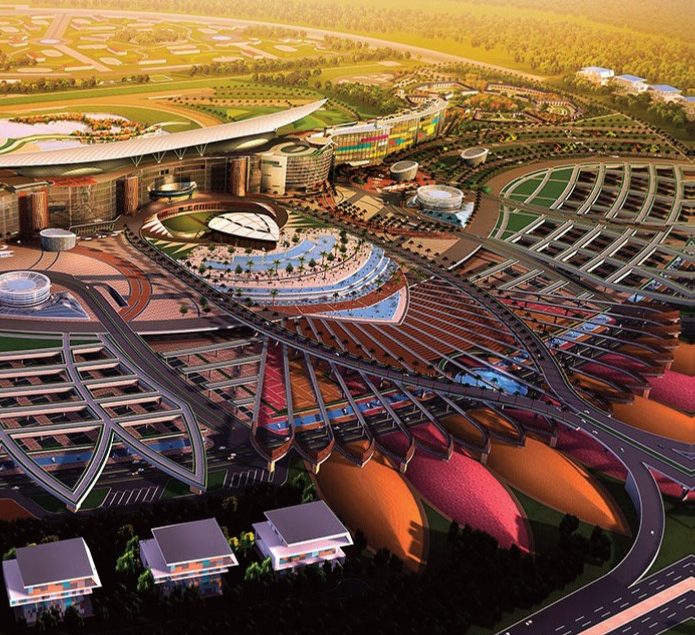
NAD AL SHABA RACE COURSE & MIXED USE, DUBAI

PROPOSED RIAU PALM OIL RAILWAY -SUMATRA, INDONESIA

CONSTRUCTION OF IKEA STORE BY IKANO, KUALA LUMPUR

SANITATION AND ENVIRONMENT IMPROVEMENT
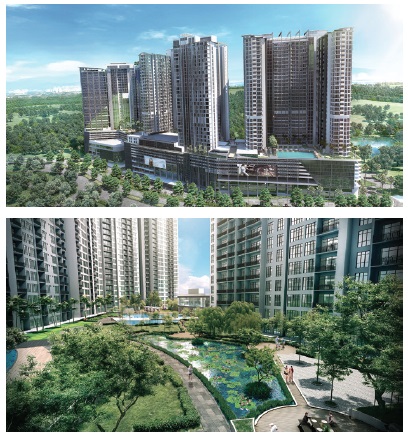
MIX-USED DEVELOPMENT, TAMAN PERLING
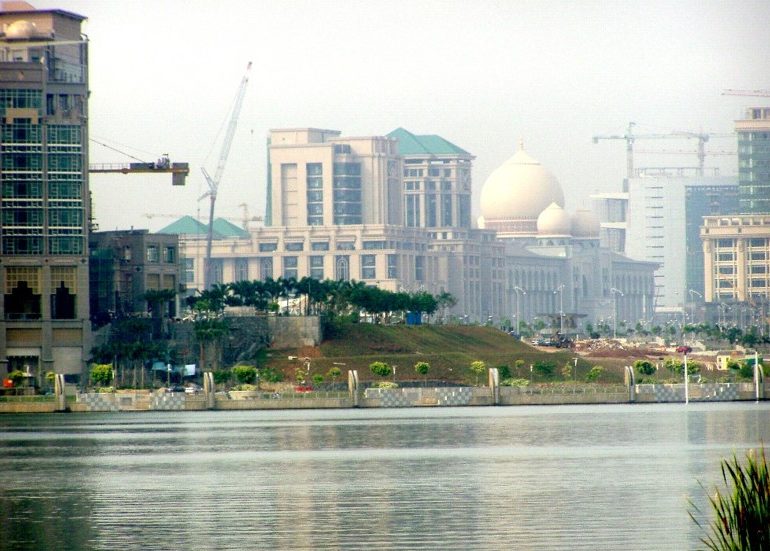
2G1 DEVELOPMENT, PUTRAJAYA PRECINCT 2, MALAYSIA
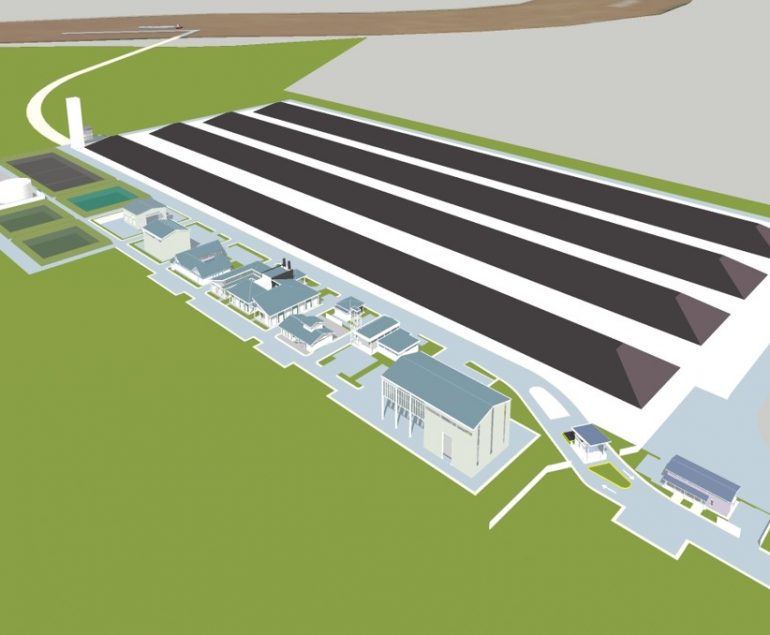
COAL HANDLING JETTY AT MELAK PORT, INDONESIA
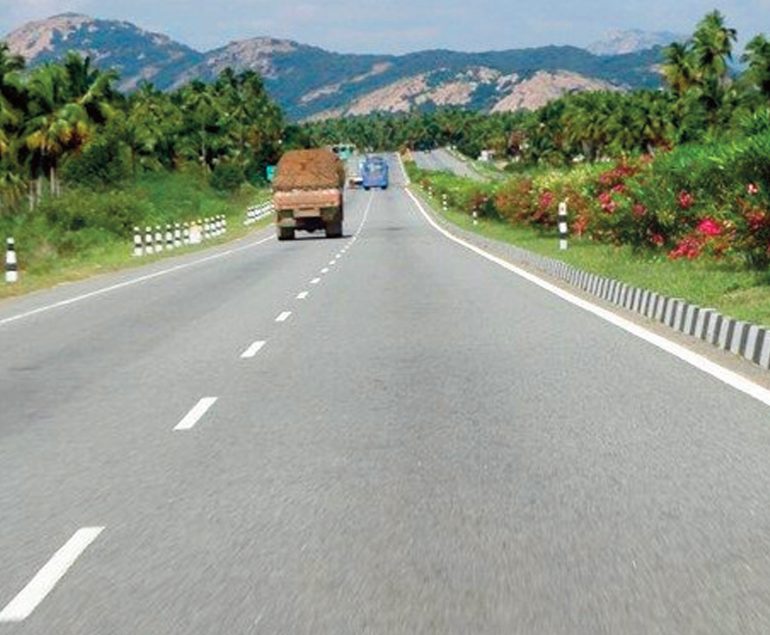
KARNATAKA EXPRESSWAYS PRIVATISATION, INDIA
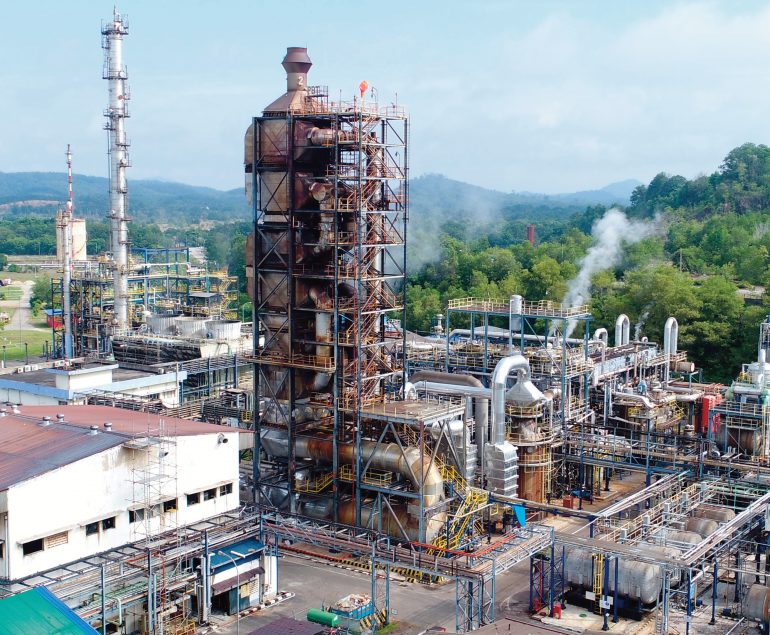
PETROCHEMICAL PLANT AT TELUK KALONG, TERENGGANU

KWASA DAMANSARA TOWNSHIP DEVELOPMENT
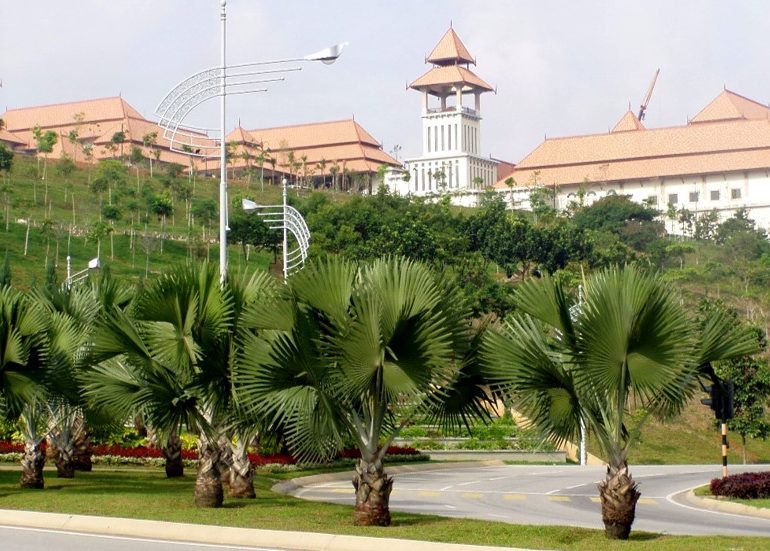
DEVELOPMENT OF PUTRAJAYA PHASE 2, PRECINCT 11

PMC SERVICES FOR 5500 UNITS OF HOUSES, BRUNEI

RESIDENTIAL APARTMENT , PUTRAJAYA PRECINT 11

DEVELOPMENT OF KL ECO – CITY (ACCESS RAMPS)
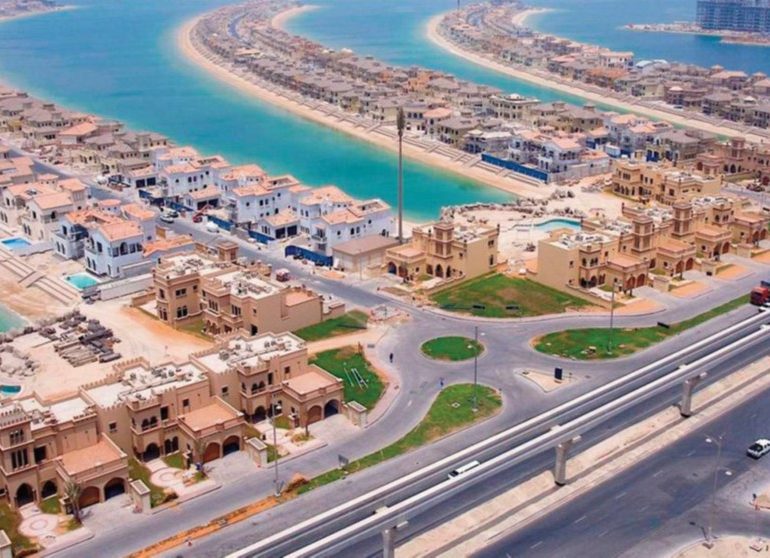
MADINAT AL–ARAB, MASTERPLAN STUDY, UAE

ICE FOR MIXED DEVELOPMENT PROPOSAL

NEW INCINERATOR AT STAPONAL & TELOK KALONG

FABRICATION OF KBB TOPSIDES, PASIR GUDANG, JOHOR
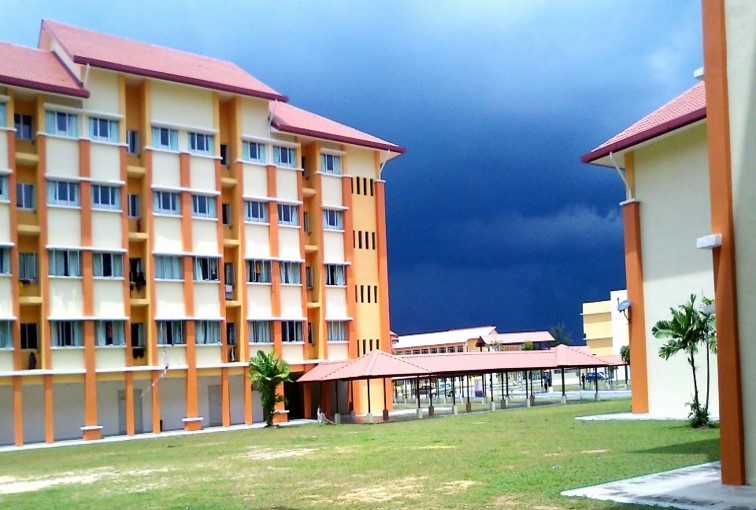
MATRICULATION COLLEGE – BANTING MALAYSIA
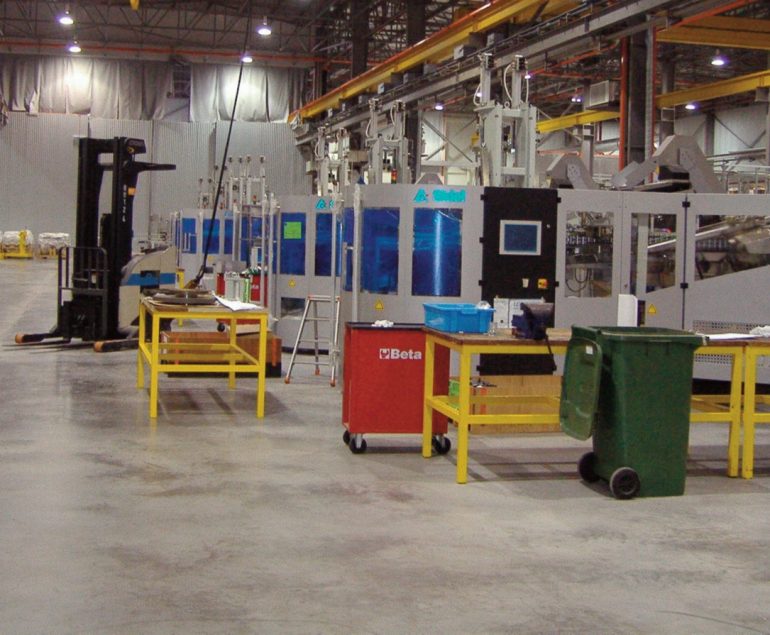
CORPORATE OFFICE AND FACTORY, SIDEL, SHAH ALAM
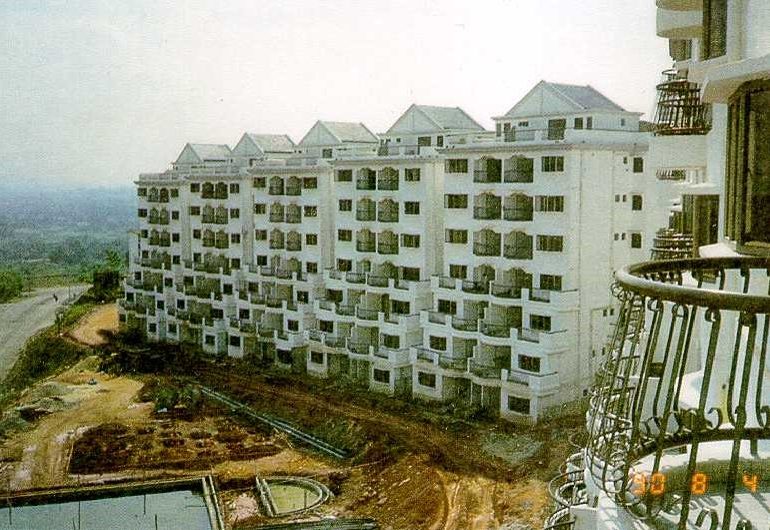
900 UNITS, 7-STOREY LUXURY CONDO, WANGSA MAJU

PROPOSED PETALING JAYA DISPERSAL LINK (PJD LINK)
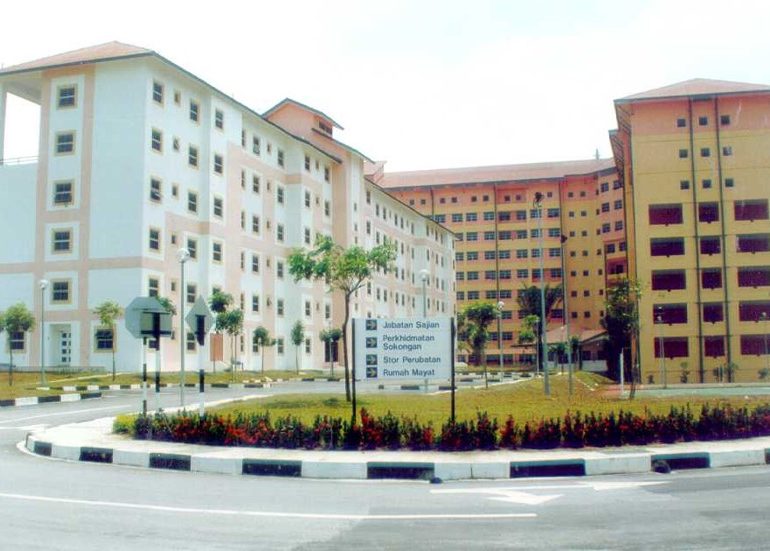
BUKIT SETIAWANGSA TEACHERS QUARTERS, MALAYSIA
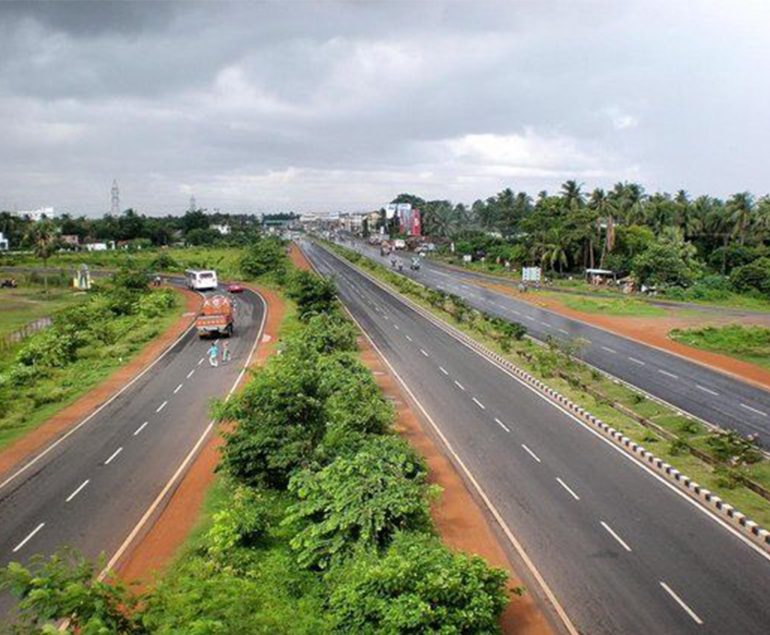
PRIVATISATION OF NH2 HYDERABAD TO VIJAYAWADAA
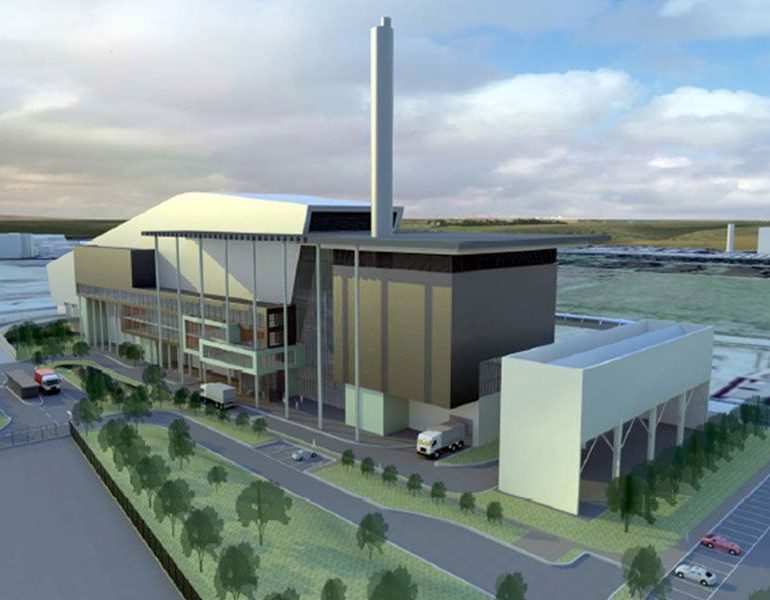
KUALA LUMPUR THERMAL SOLID WASTE TREATMENT PLANT
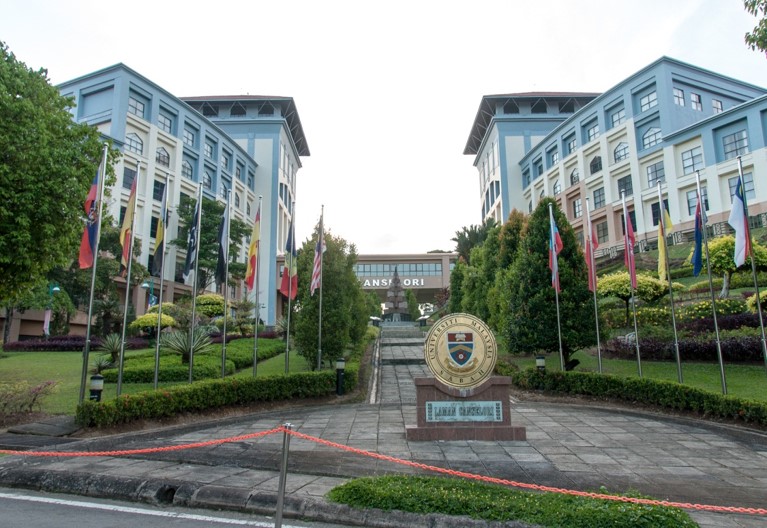
UNIVERSITY MALAYSIA SABAH – SERVICE CENTRE
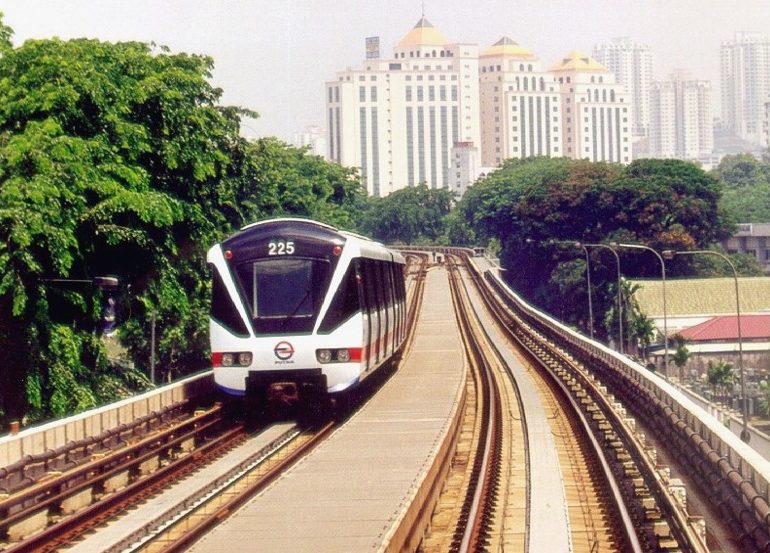
PROJECT MANAGEMENT FOR LRT SYSTEM 2, SELANGOR
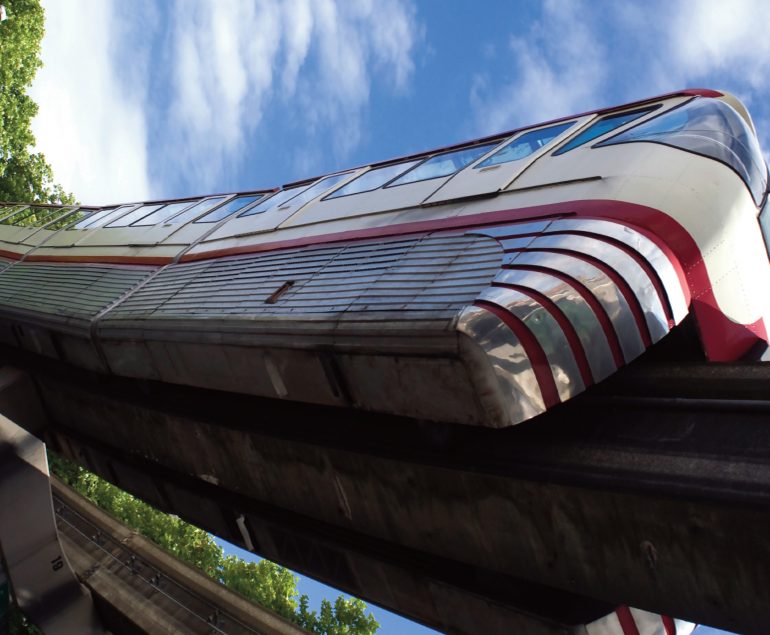
HANOI MONORAIL PROJECT, HANOI, VIETNAM

PRIVATISATION OF NELLORE BYPASS, ANDHRA, INDIA
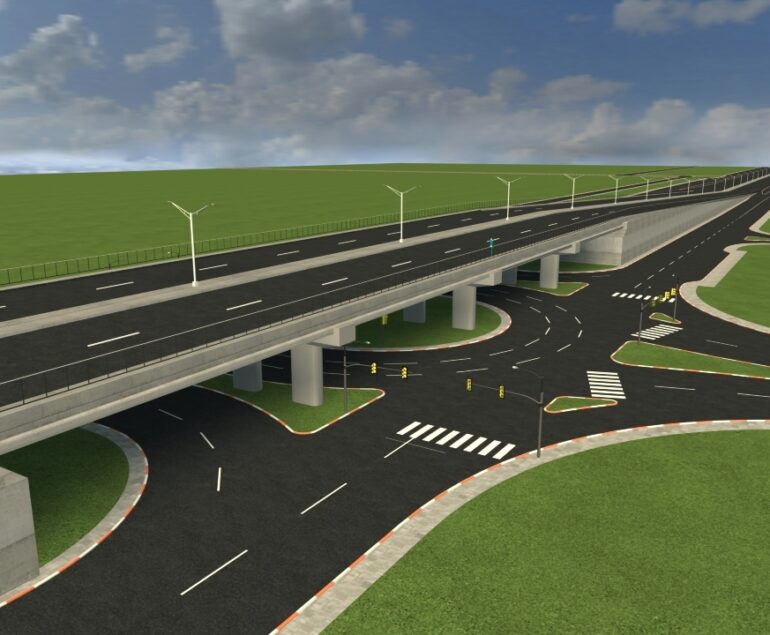
WESTERN CORRIDOR ROAD, EASTERN KALIMANTAN

PANGLIMA CCGT POWER PLANT, TELUK GONG, MELAKA

1000MW COAL FIRE POWER PLANT EXTENSION BY TNB
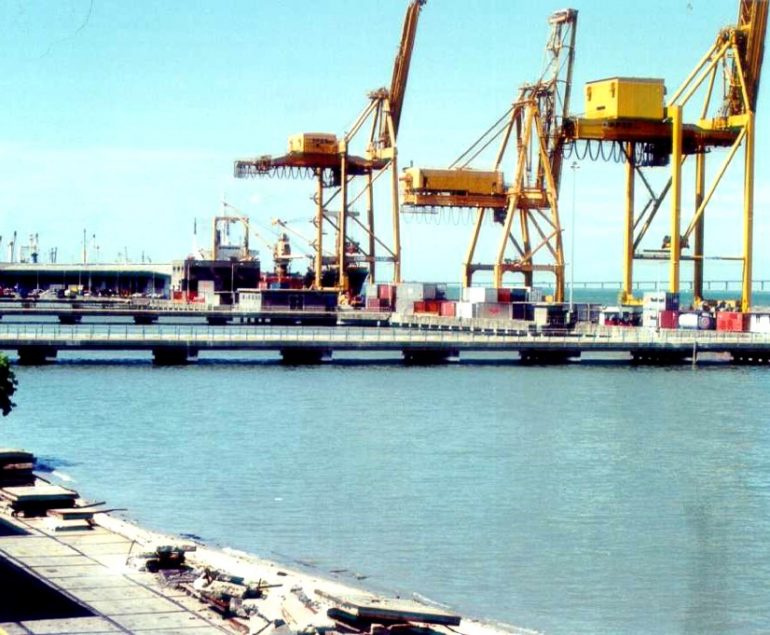
COLACHEL PORT DEVELOPMENT, TAMIL NAADU
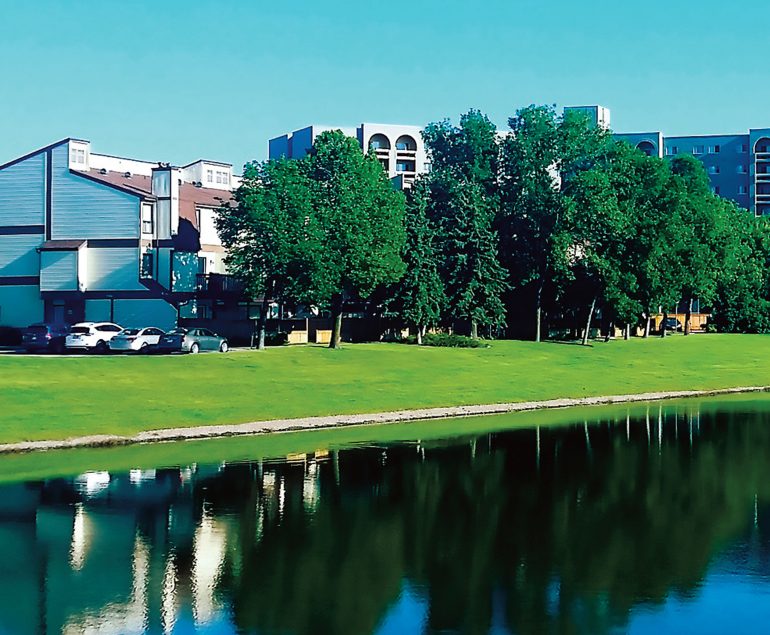
BEST WORLD TECHNOPARK, CAVITE, PHILIPPINES

SINGLE SESSION SCHOOLS PROJECT, MALAYSIA

ADMINISTRATION CENTRE, PUTRAJAYA (4G8)
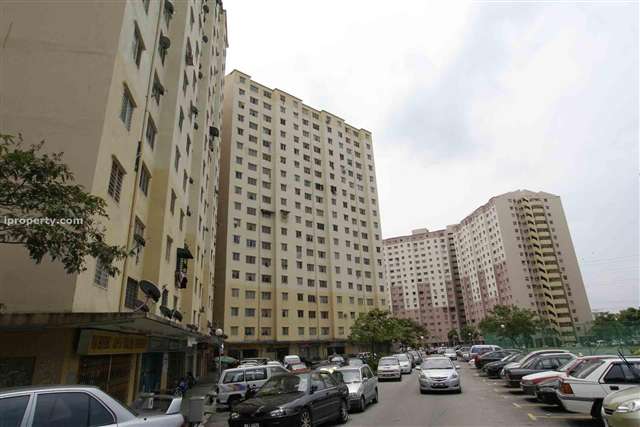
1140 UNITS MEDIUM-RISE CONDOMINIUM (PARCEL D)
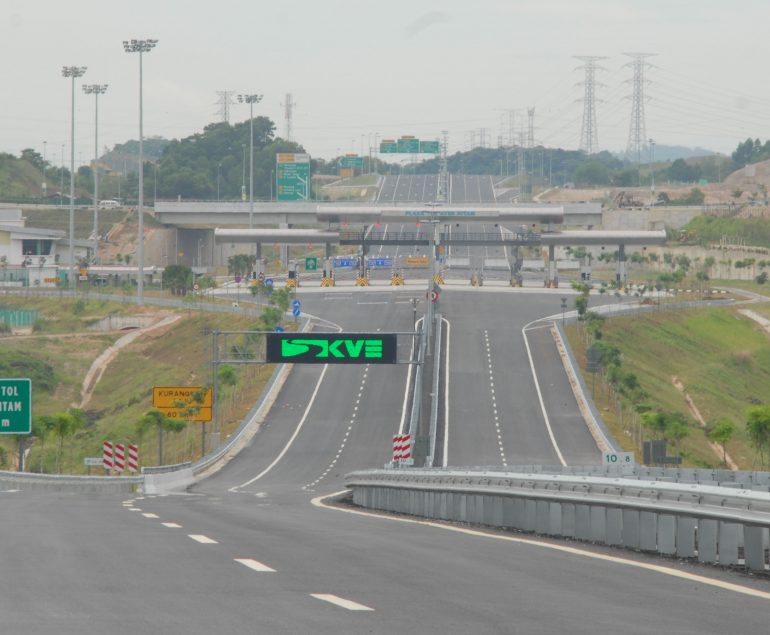
SOUTH KLANG VALLEY EXPRESSWAY (SKVE) MALAYSIA

PERKESO – REHABILITATION CENTRE IN MELAKA

MIXED DEVELOPMENT, TITIJAYA GROUP, KUALA LUMPUR

REDEVELOPMENT OF KUALA LUMPUR SPORTS CITY

UPGRADING OF FEDERAL ROUTE 5 FROM IPOH TO LUMUT, PERAK

